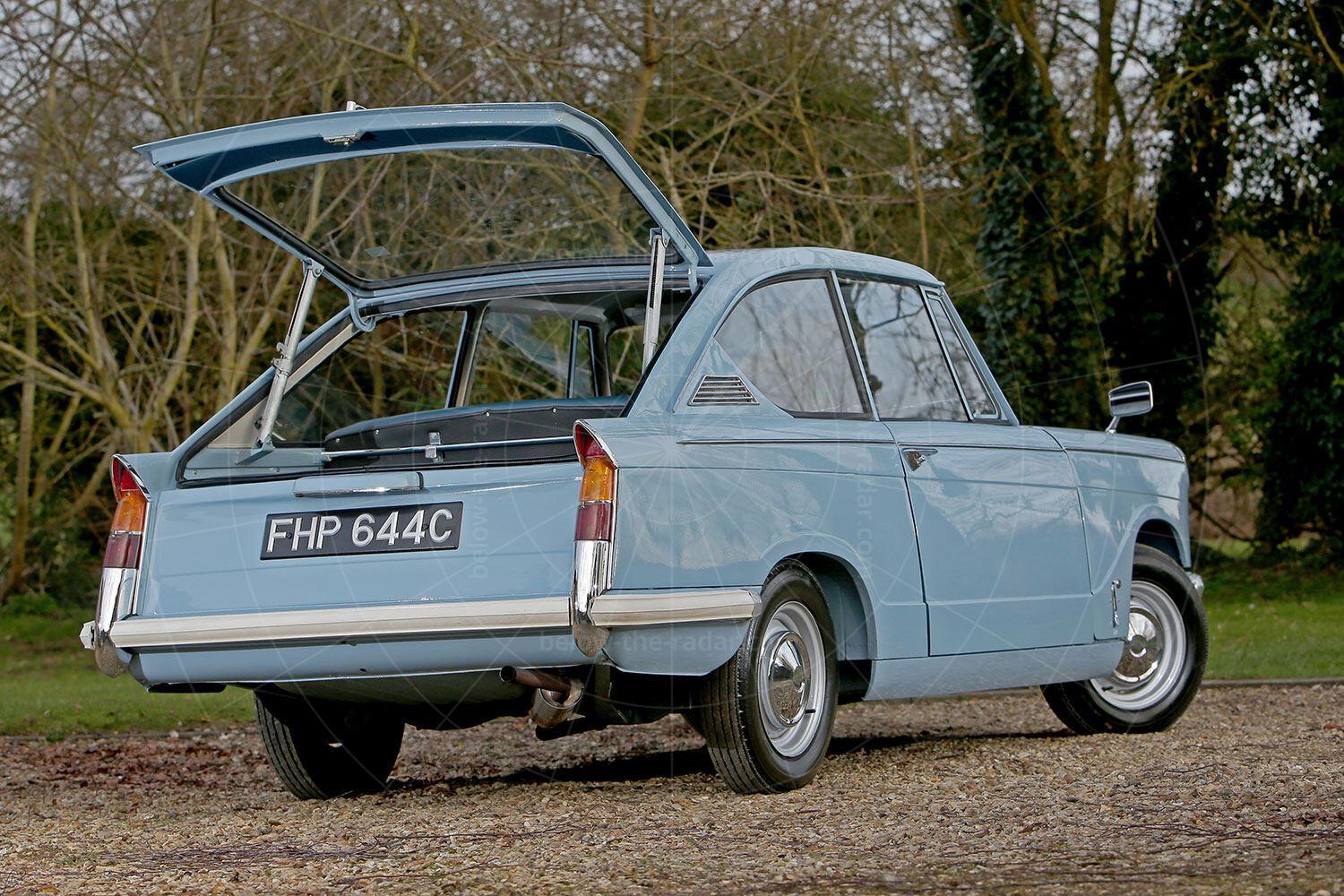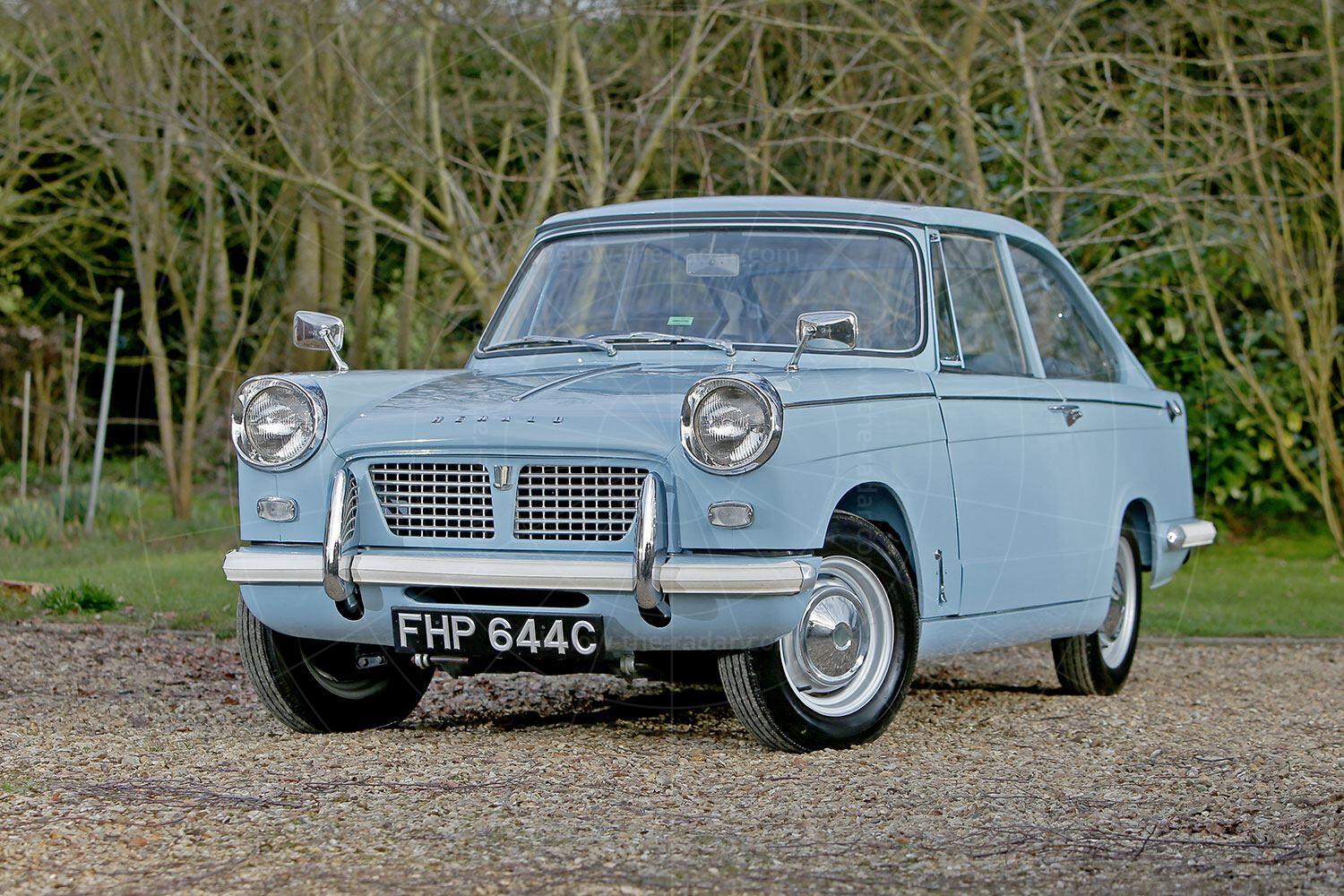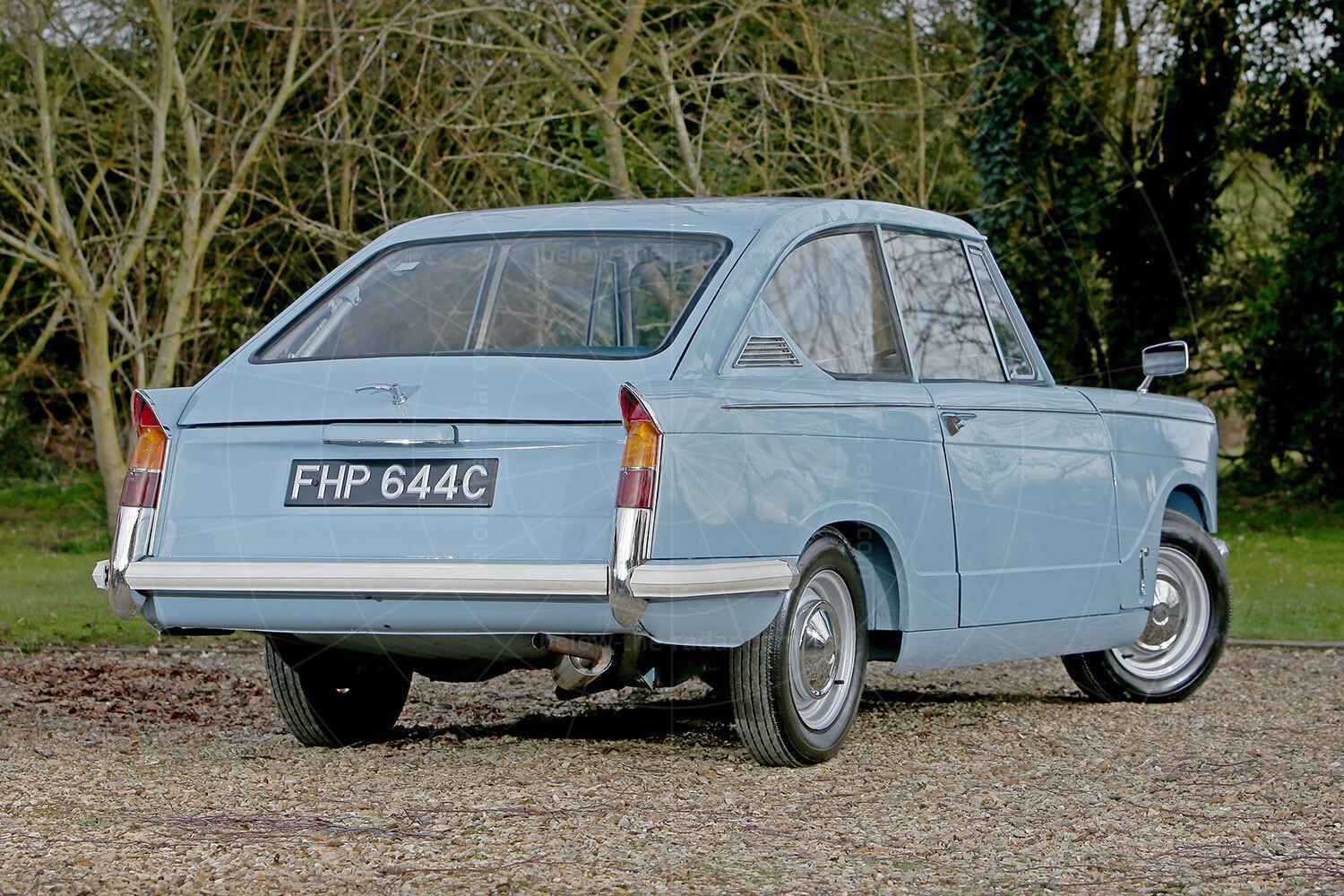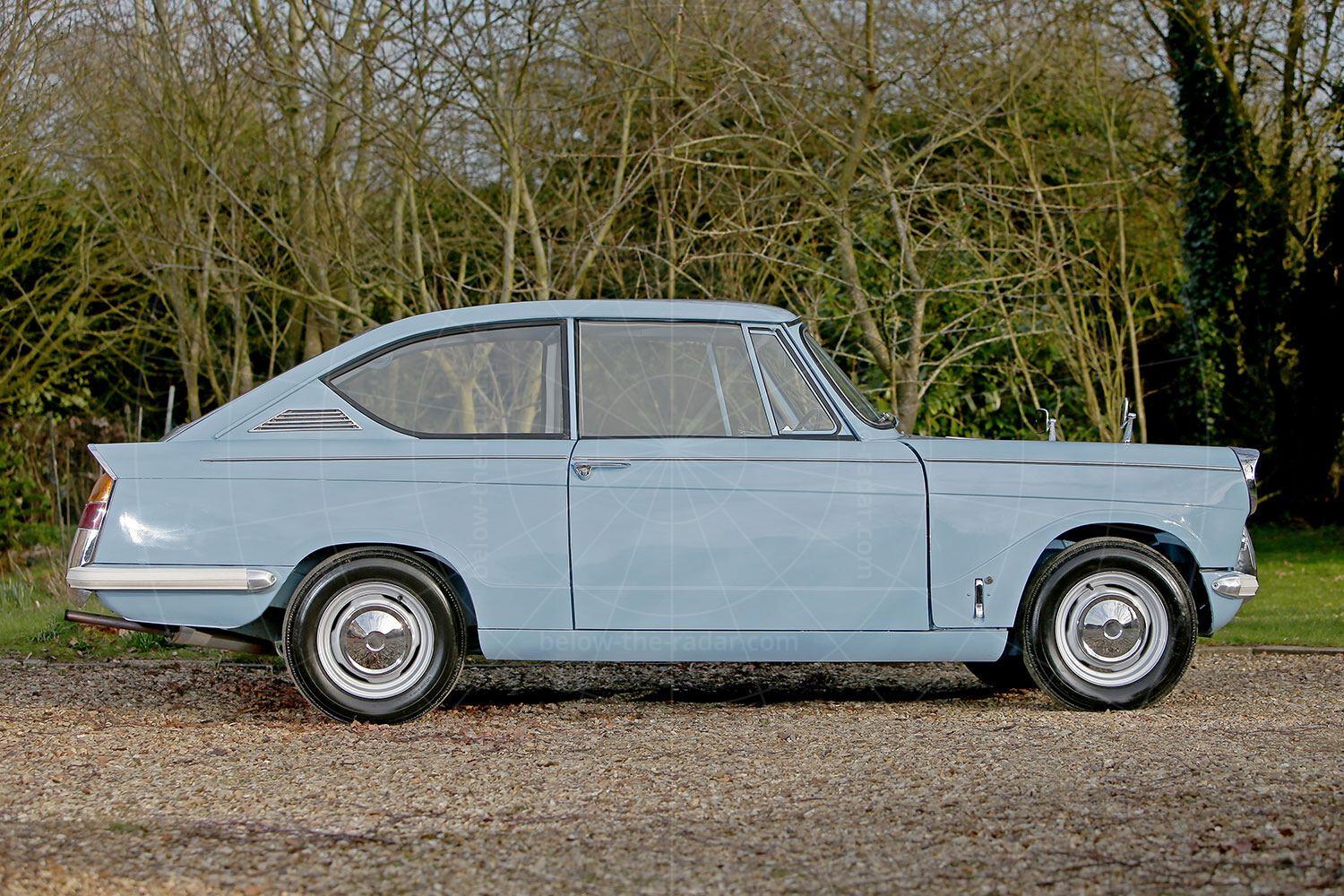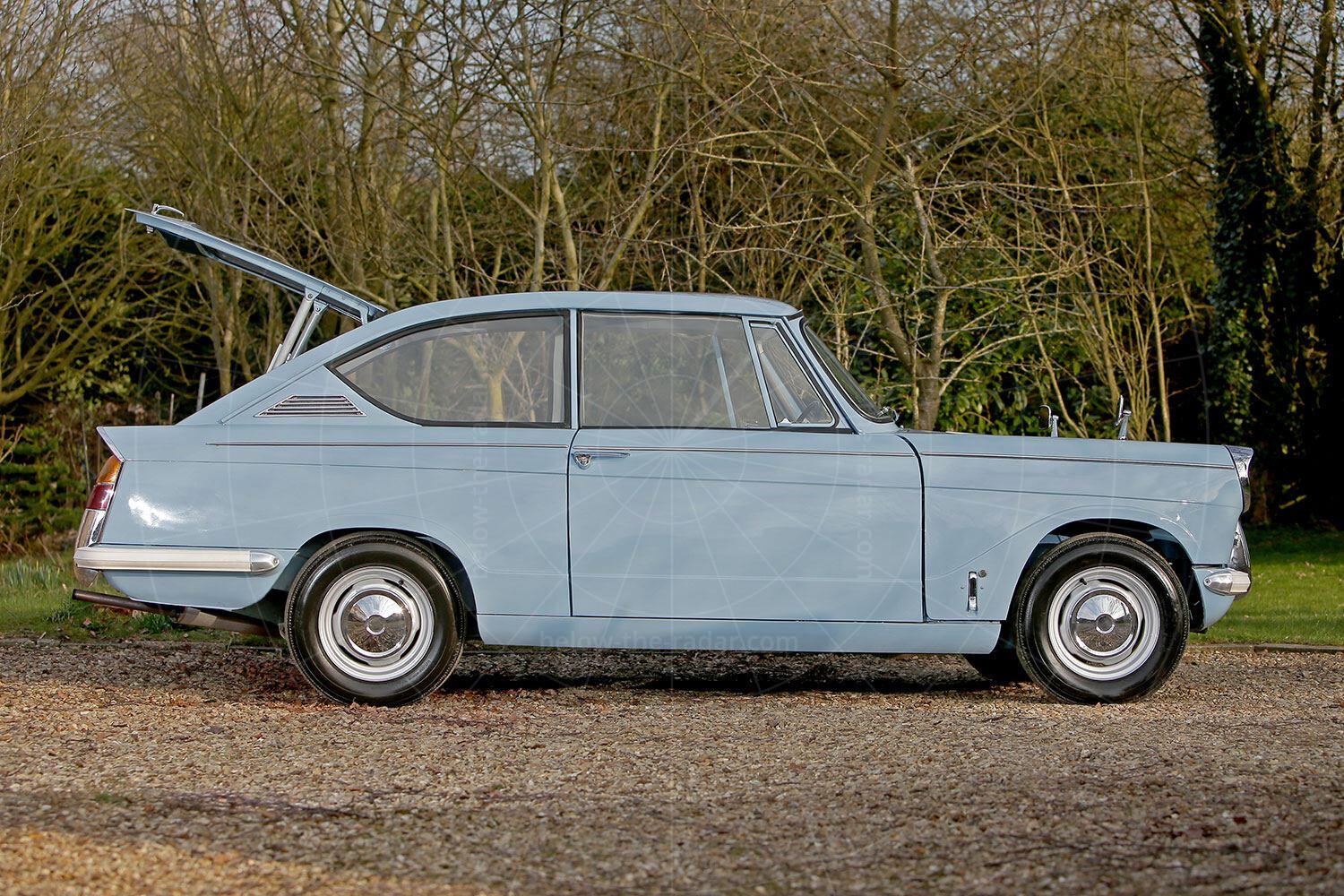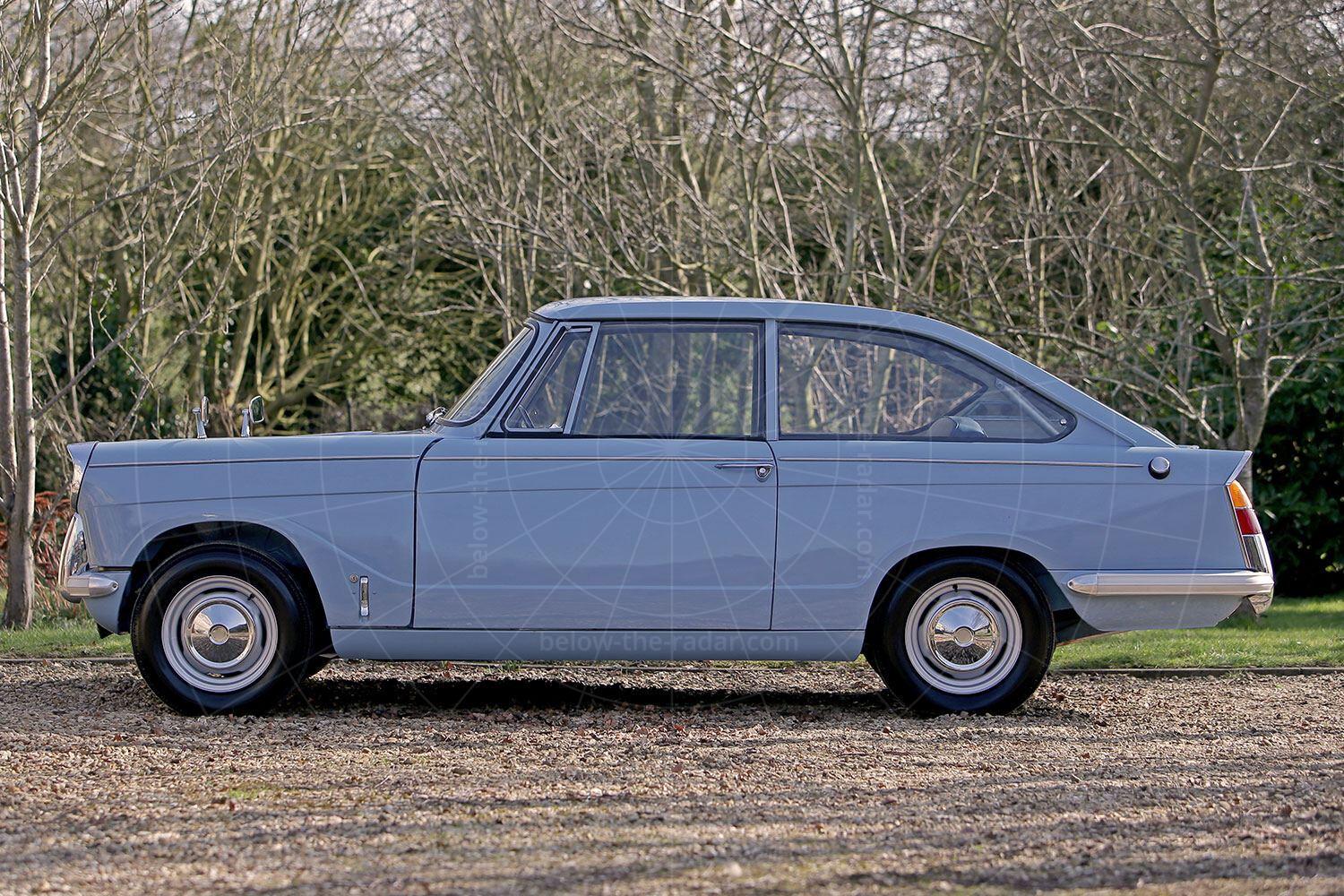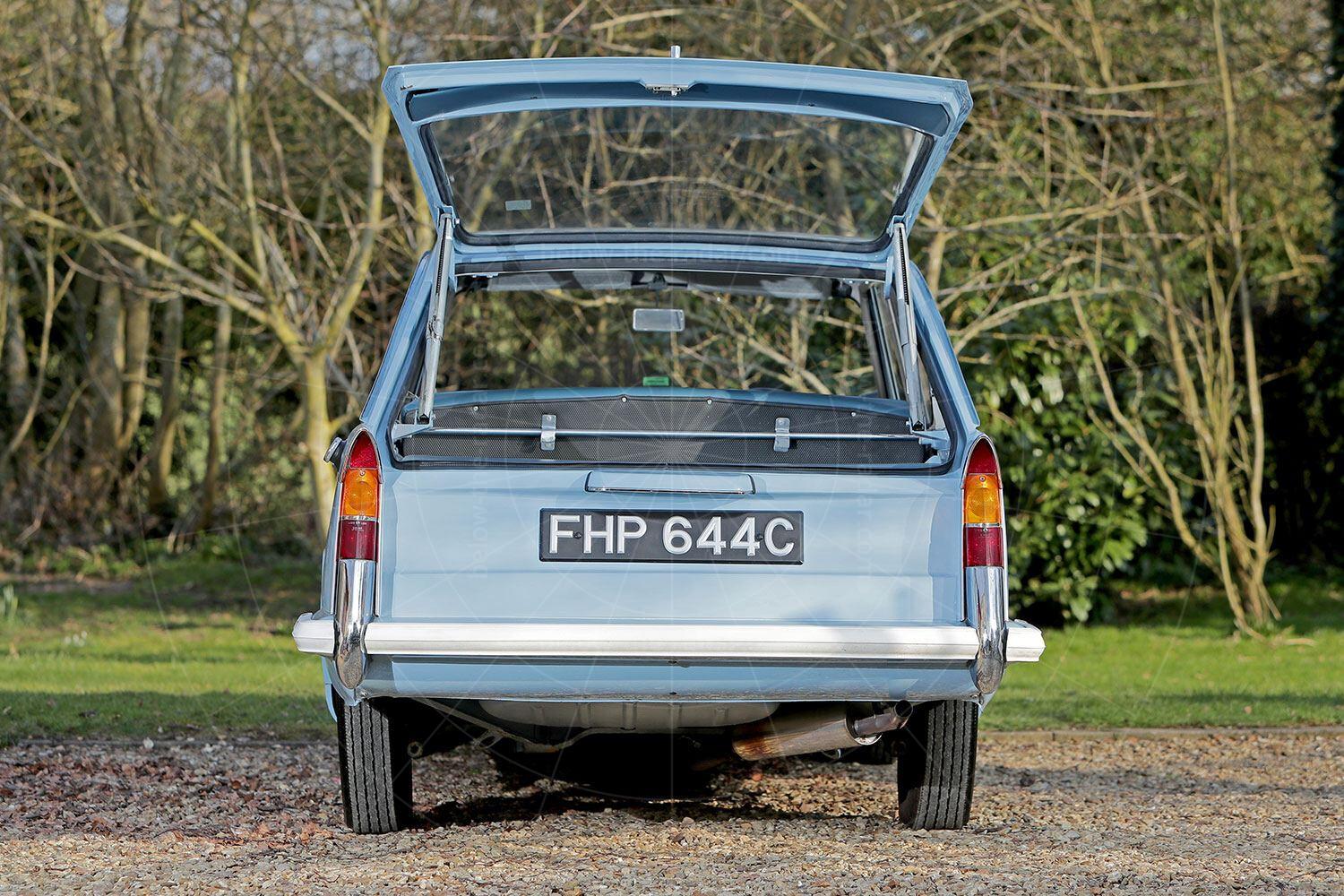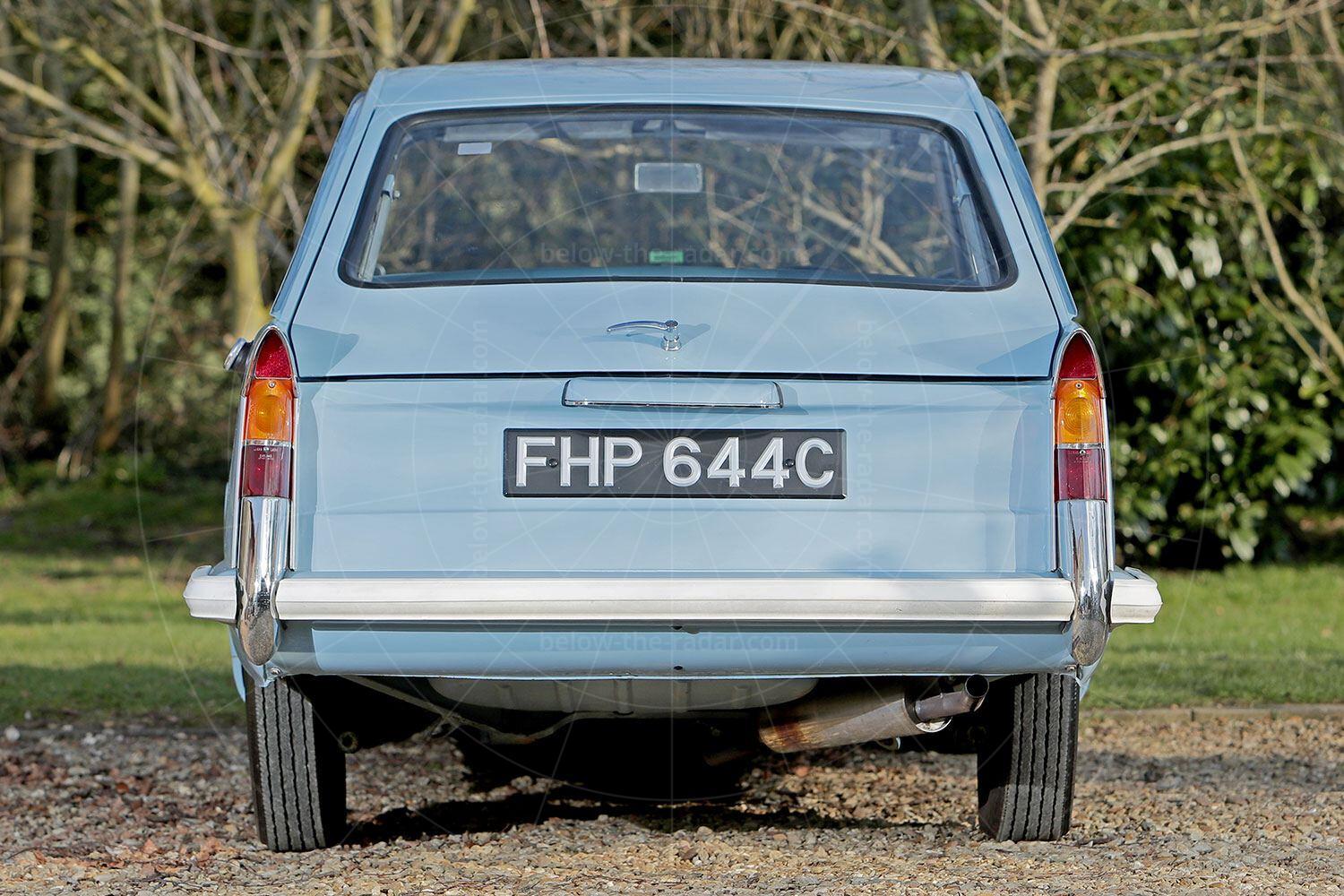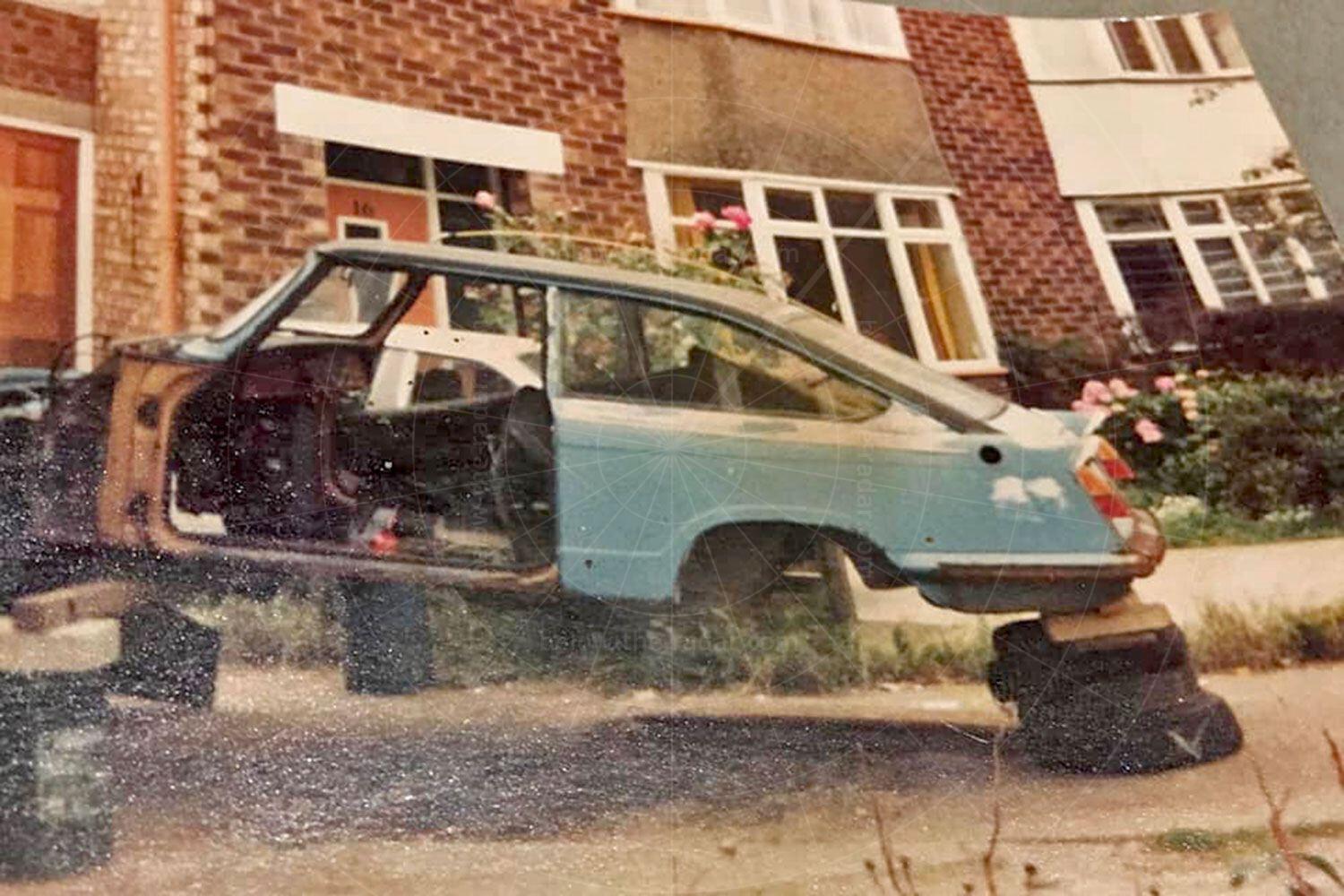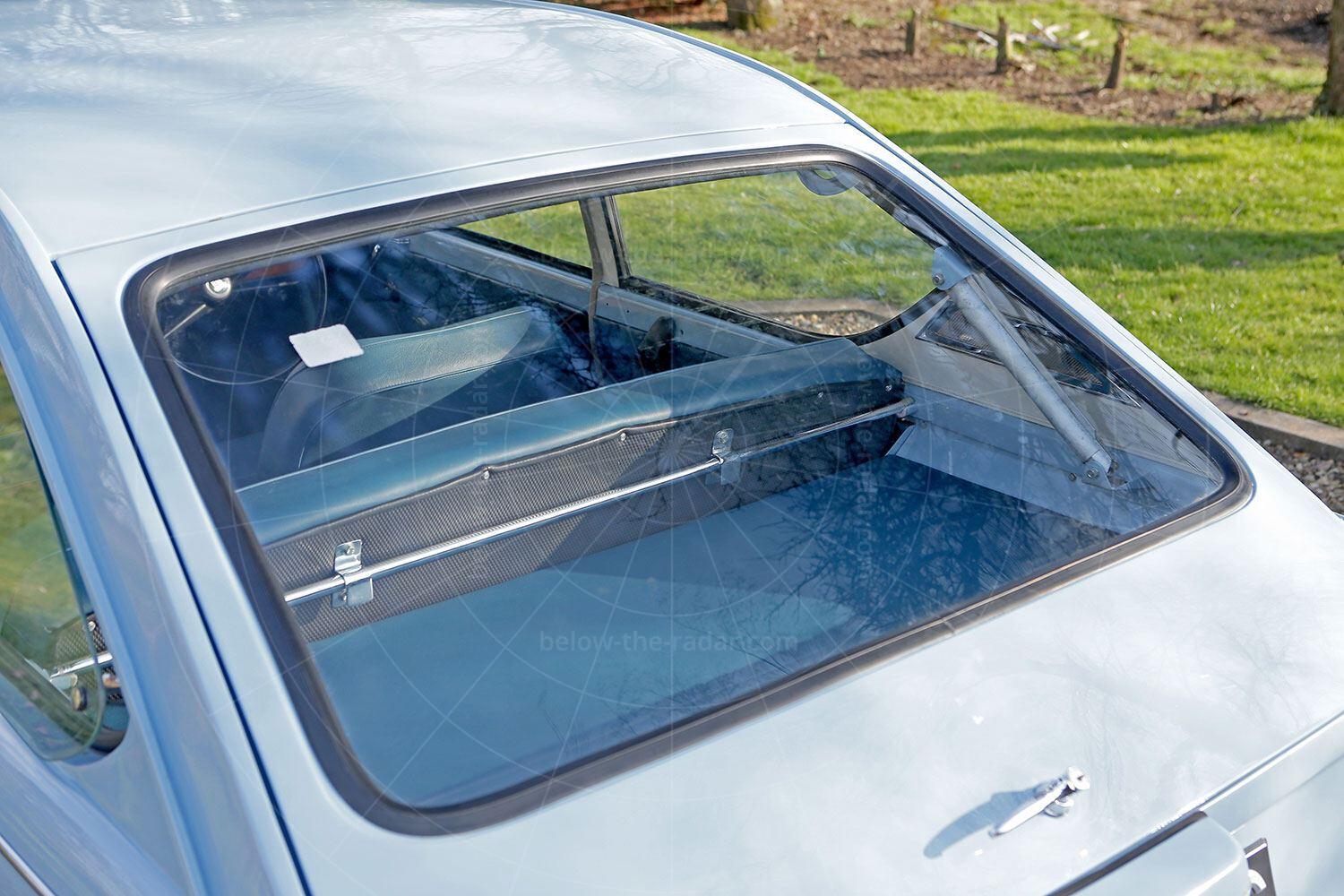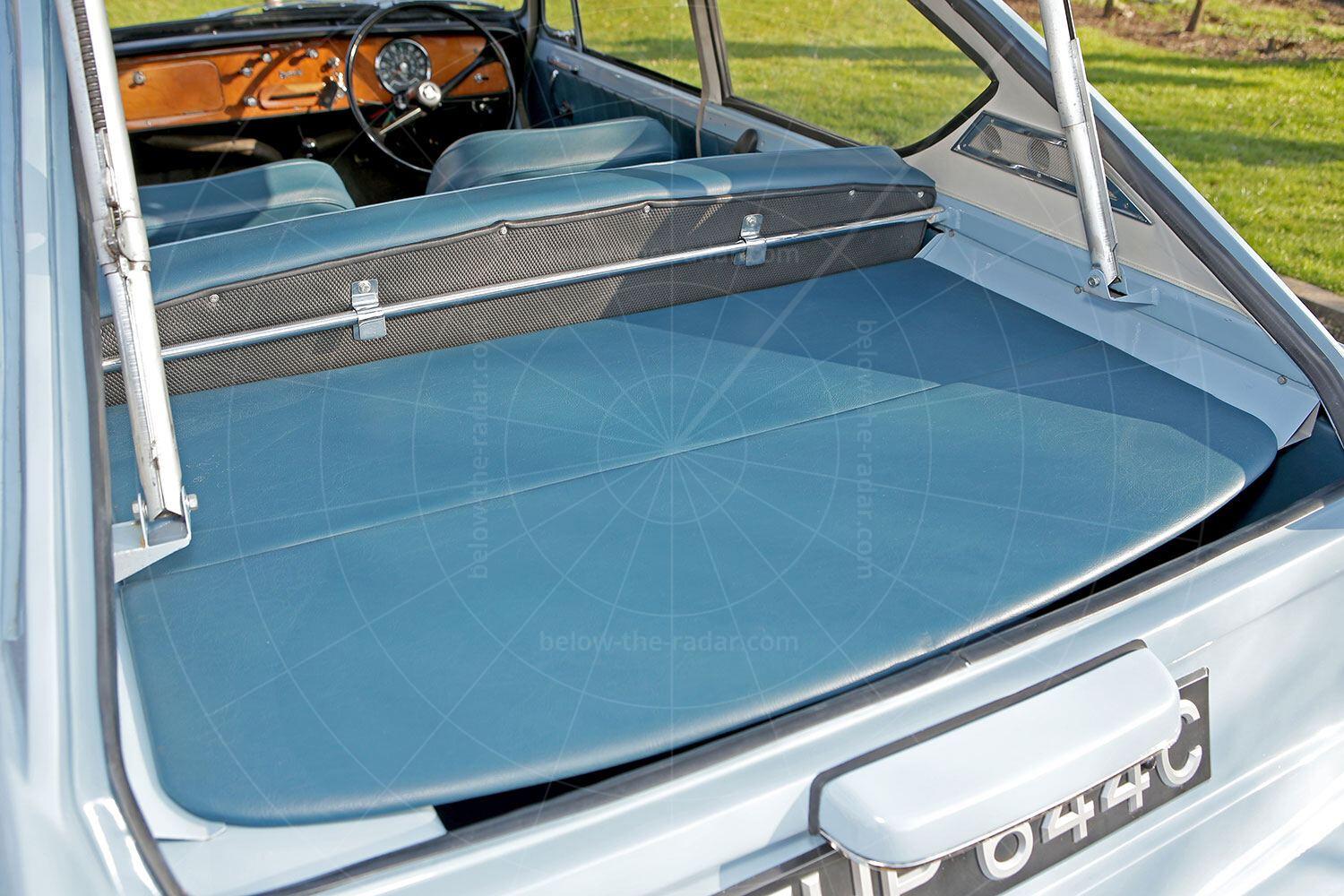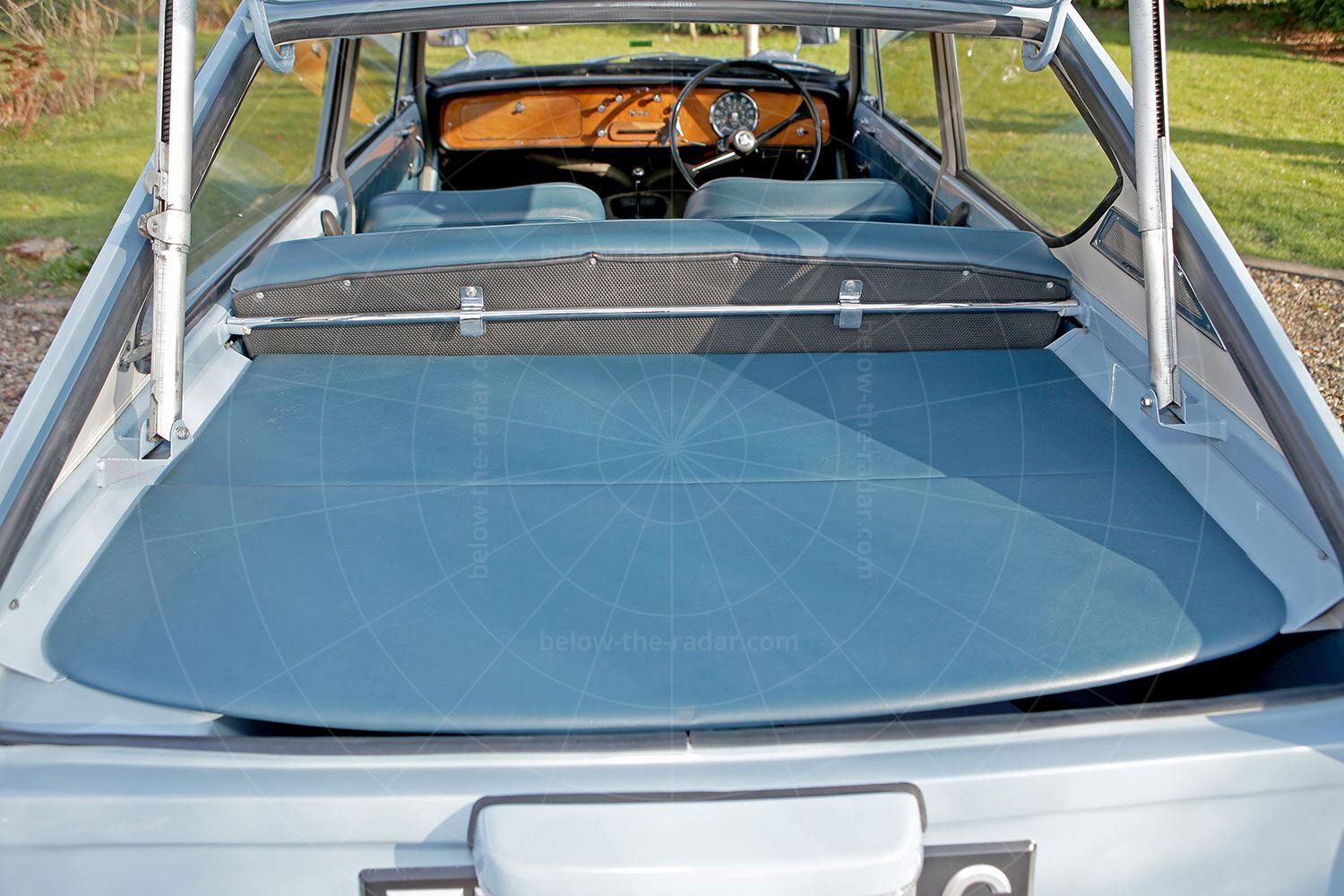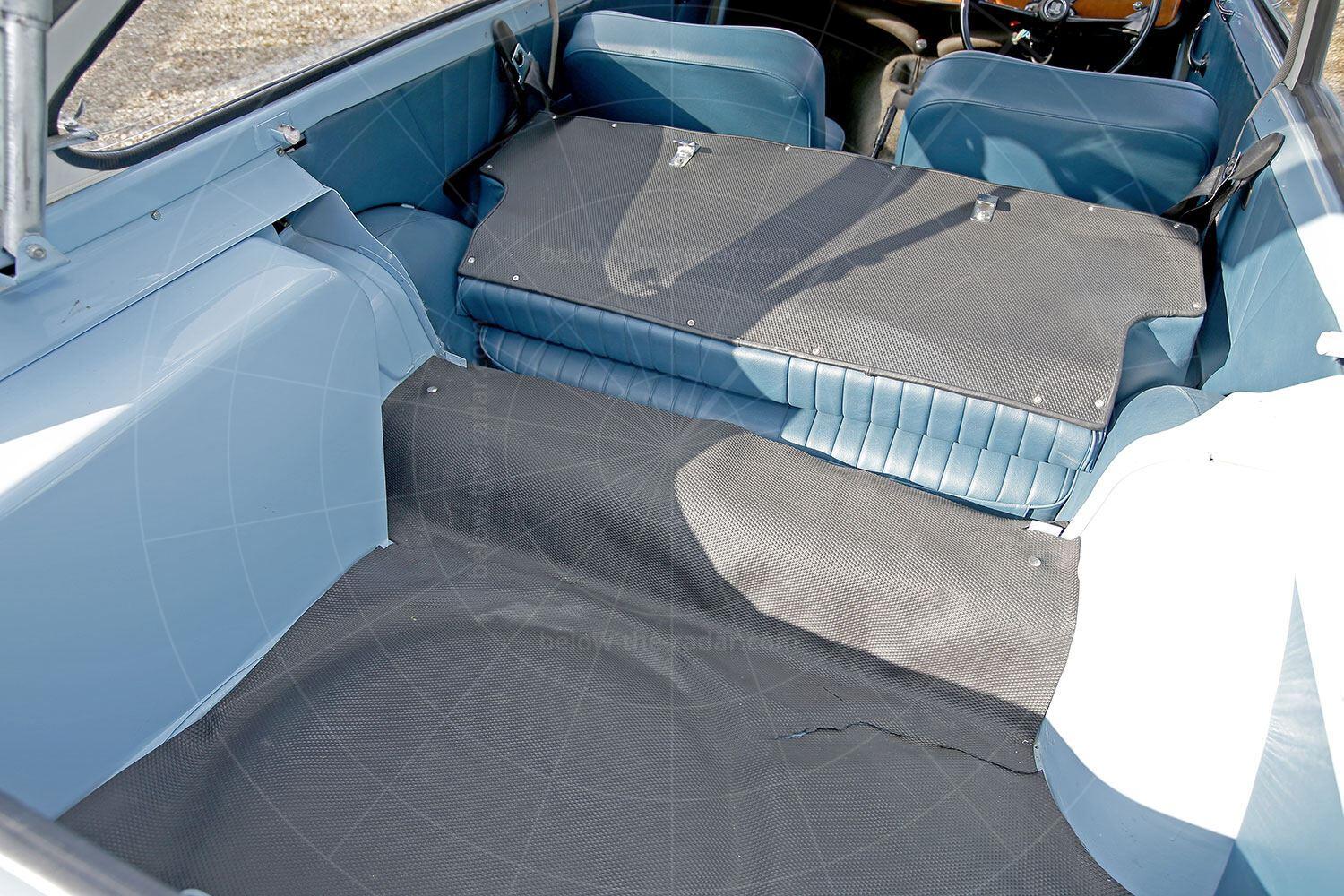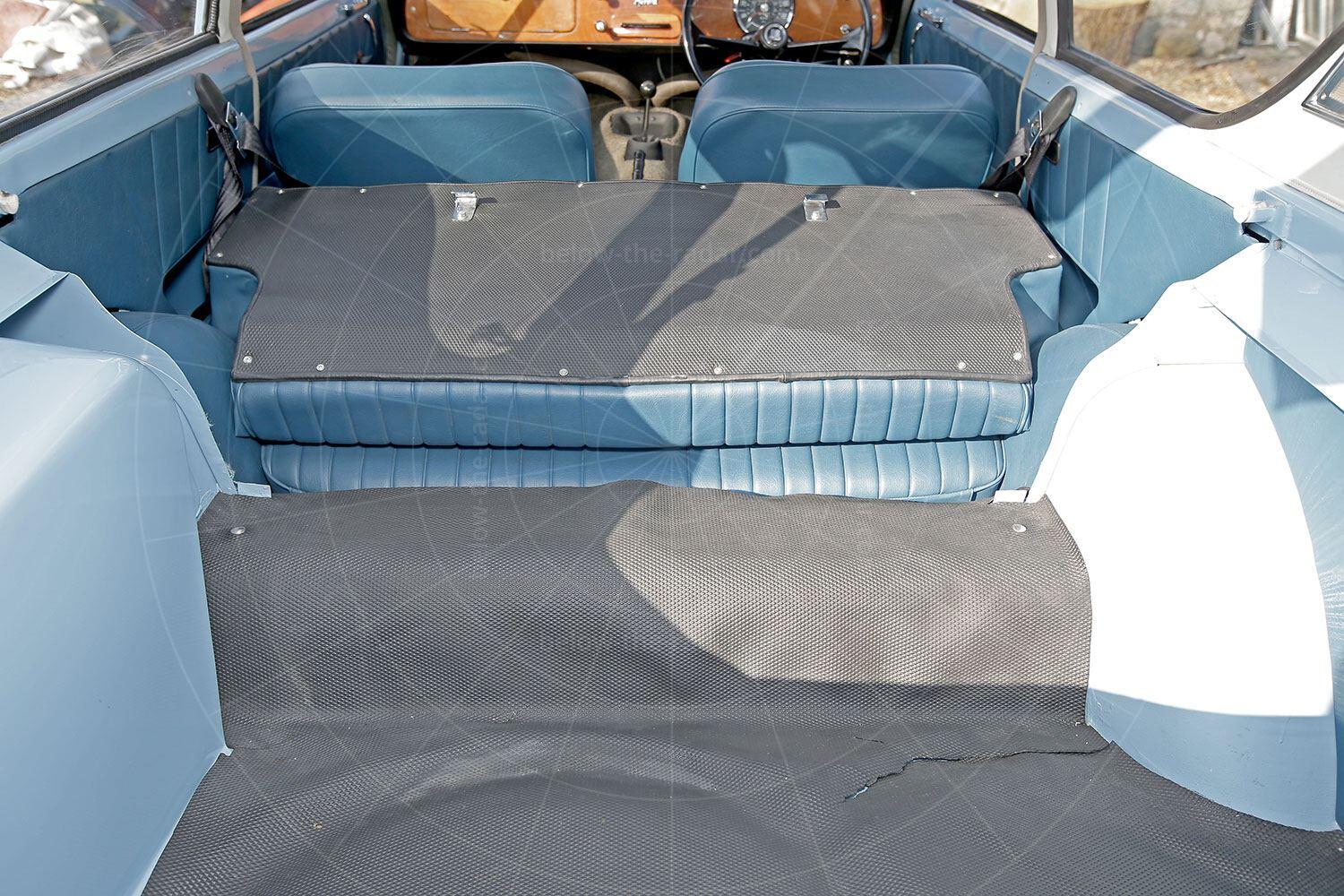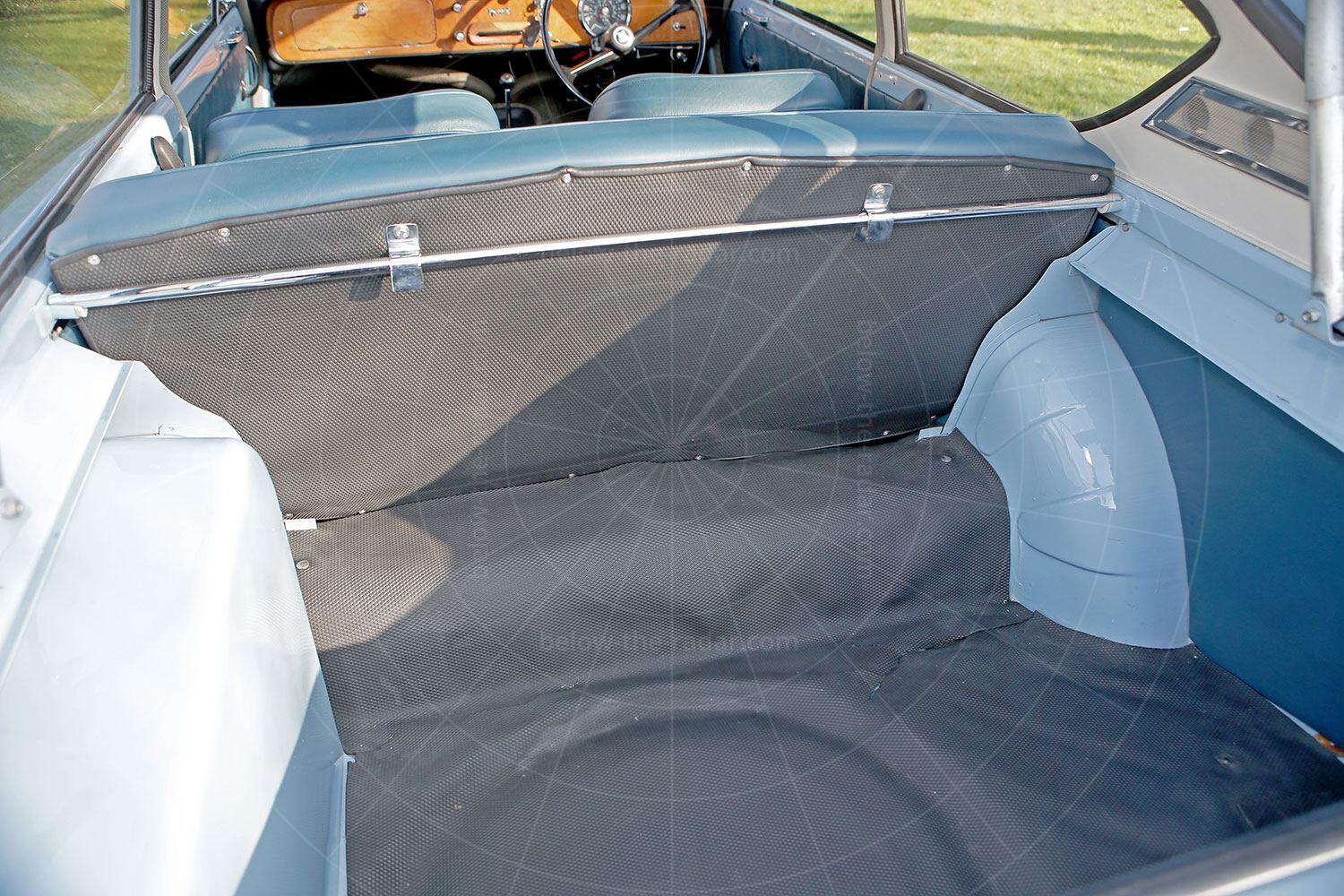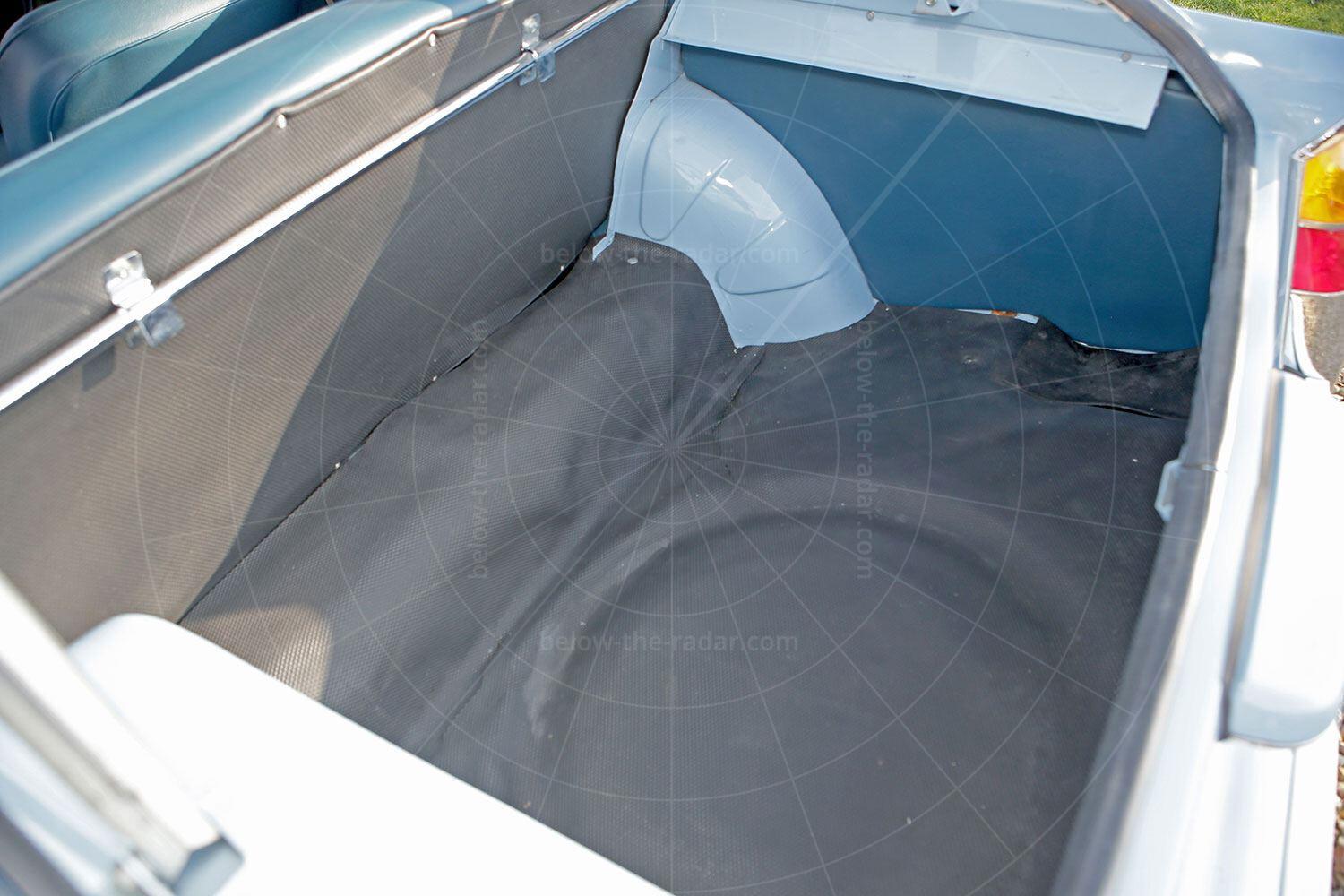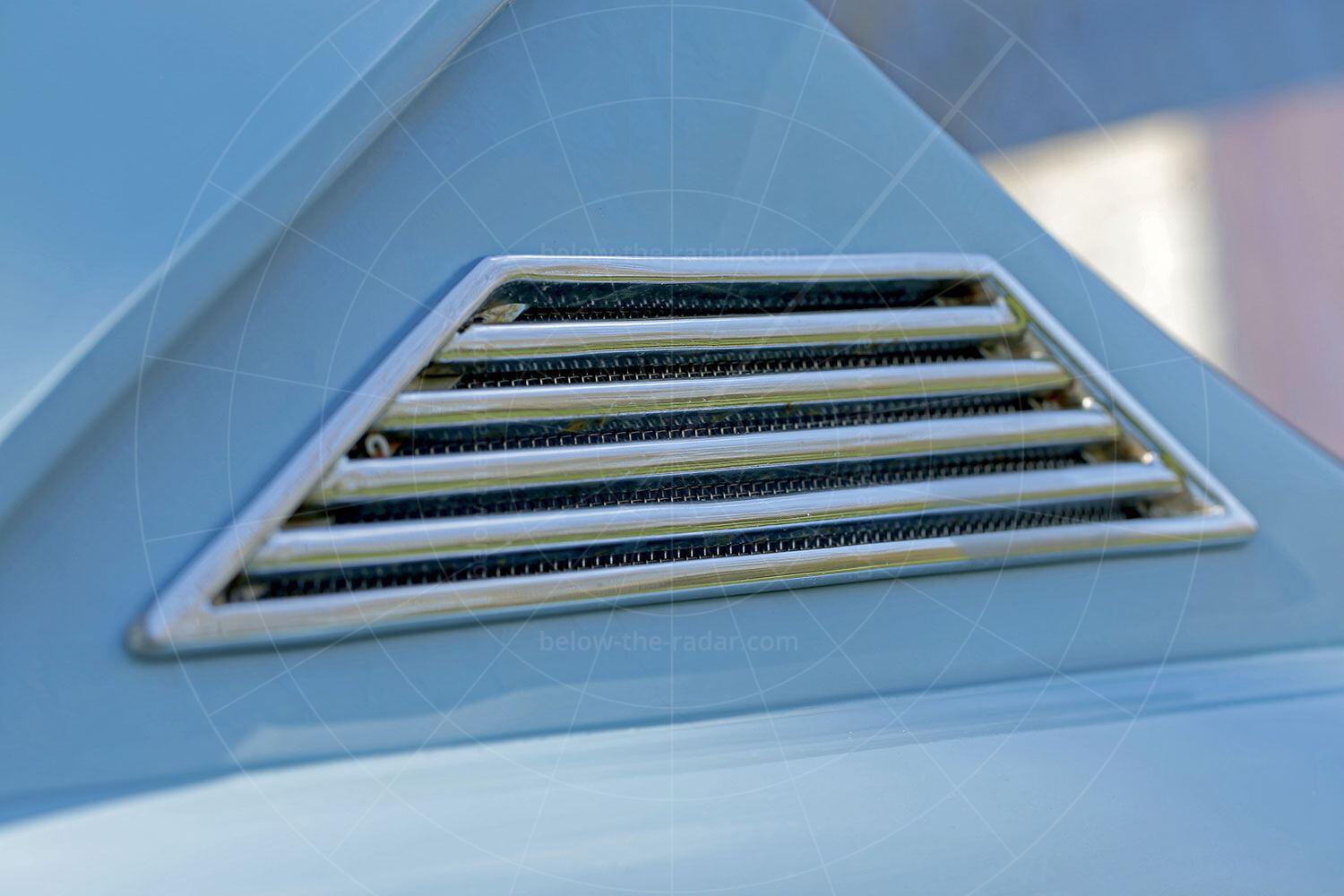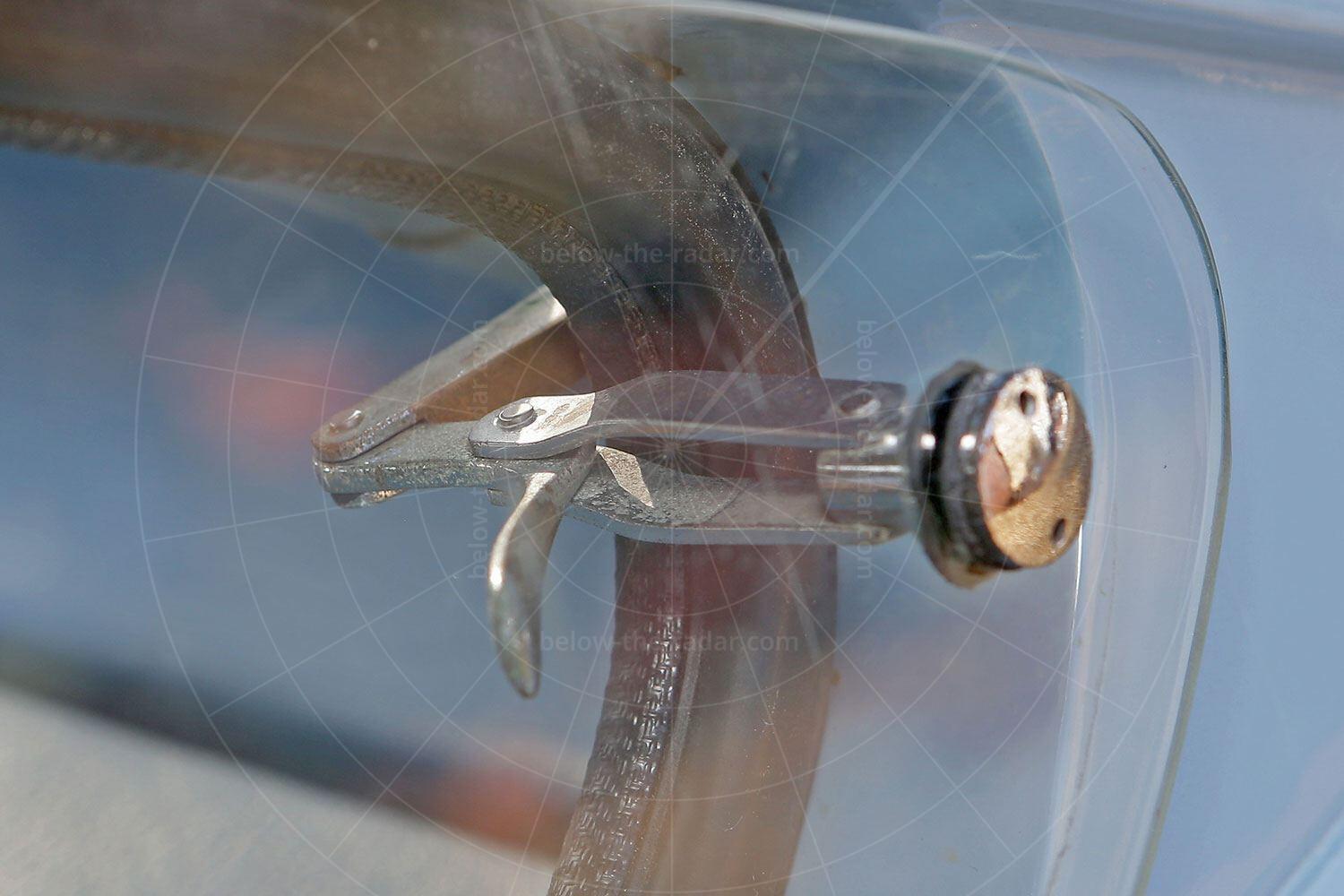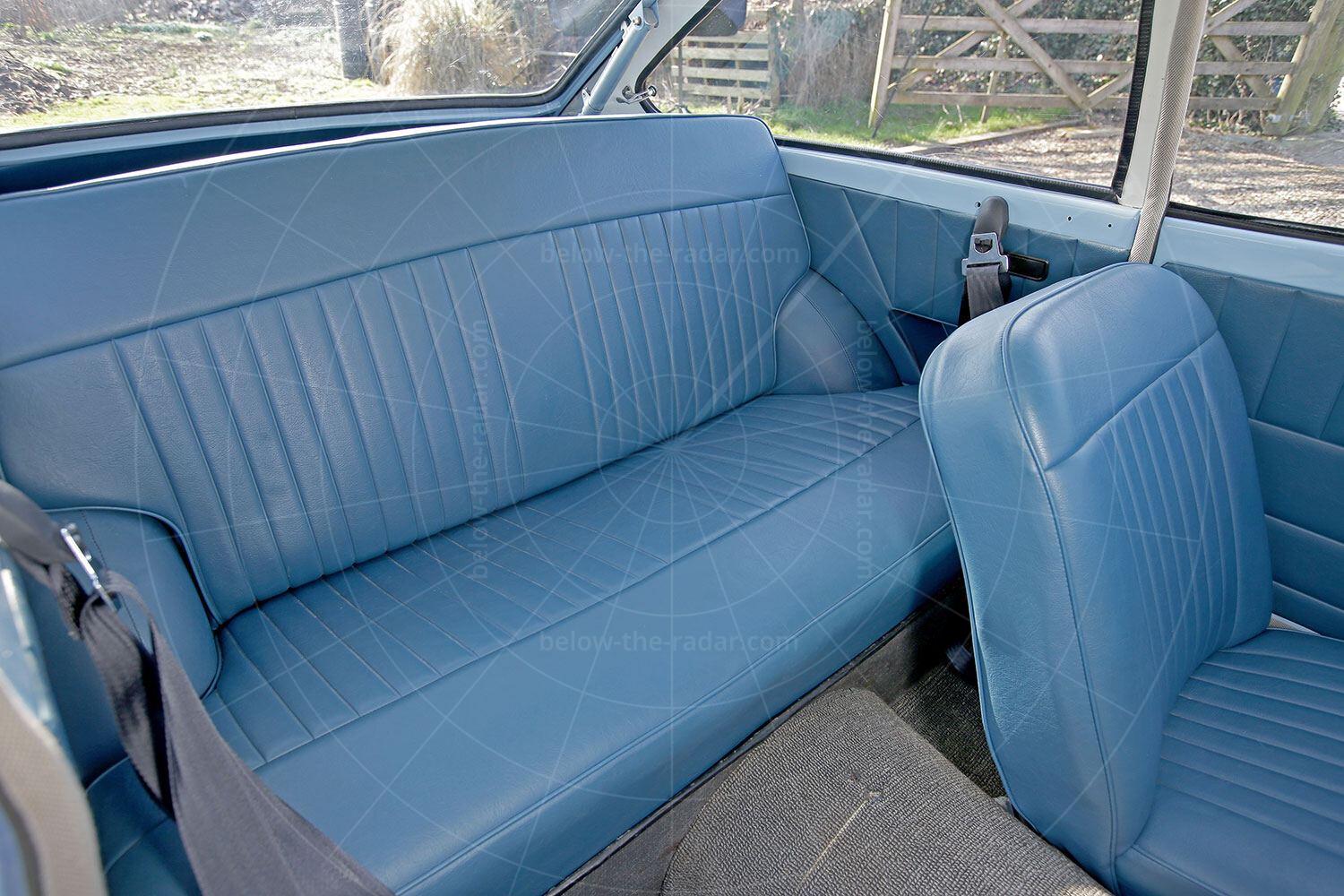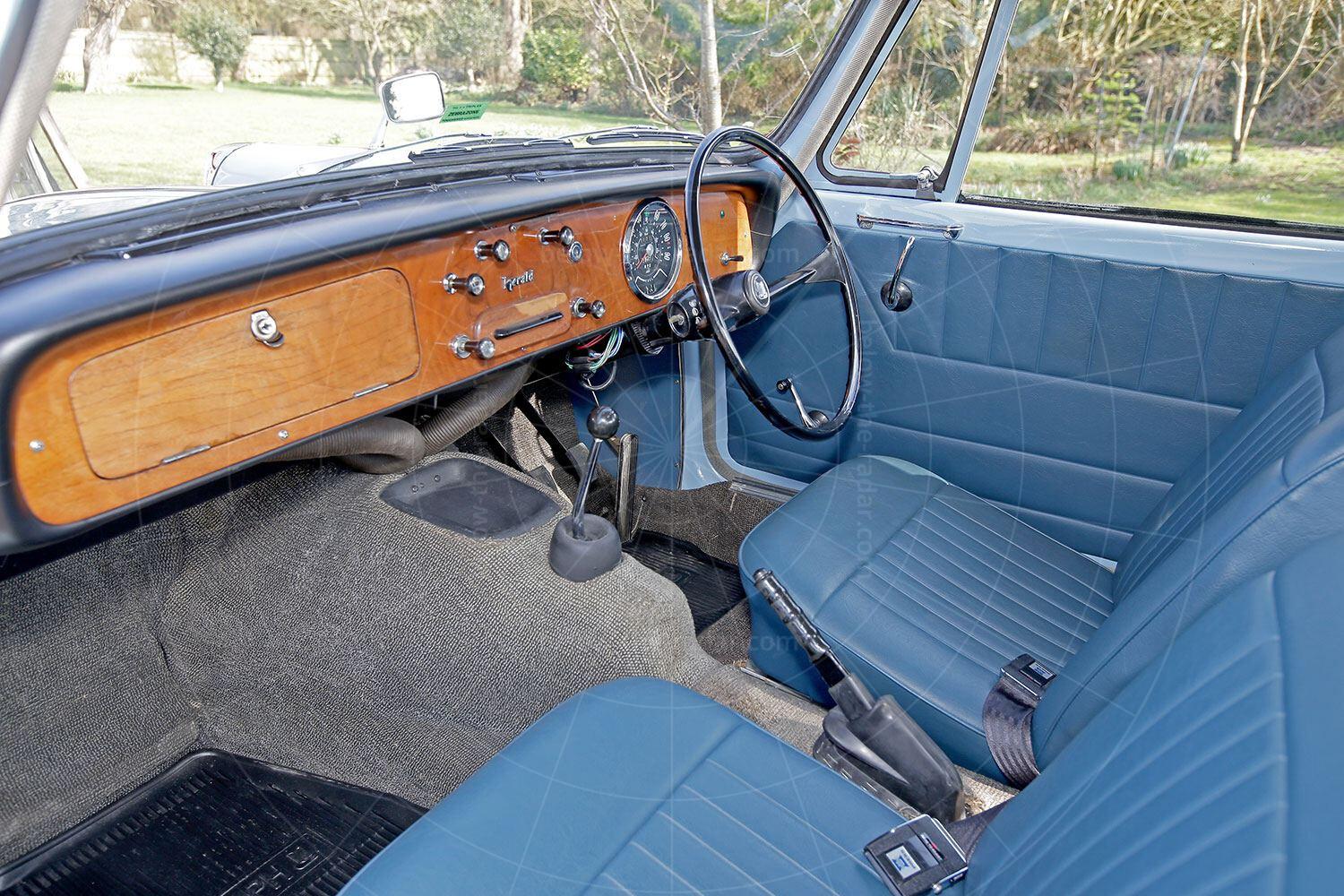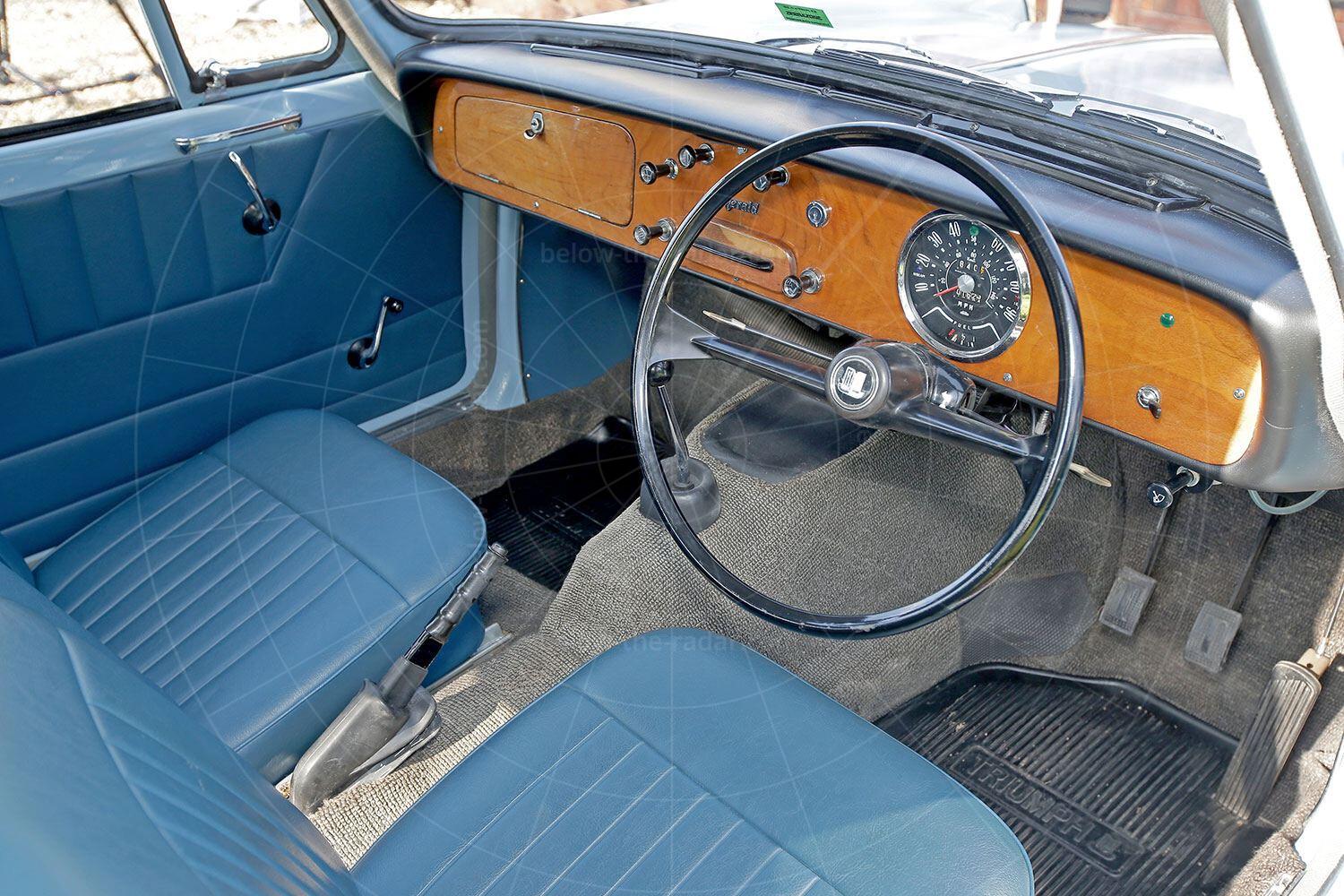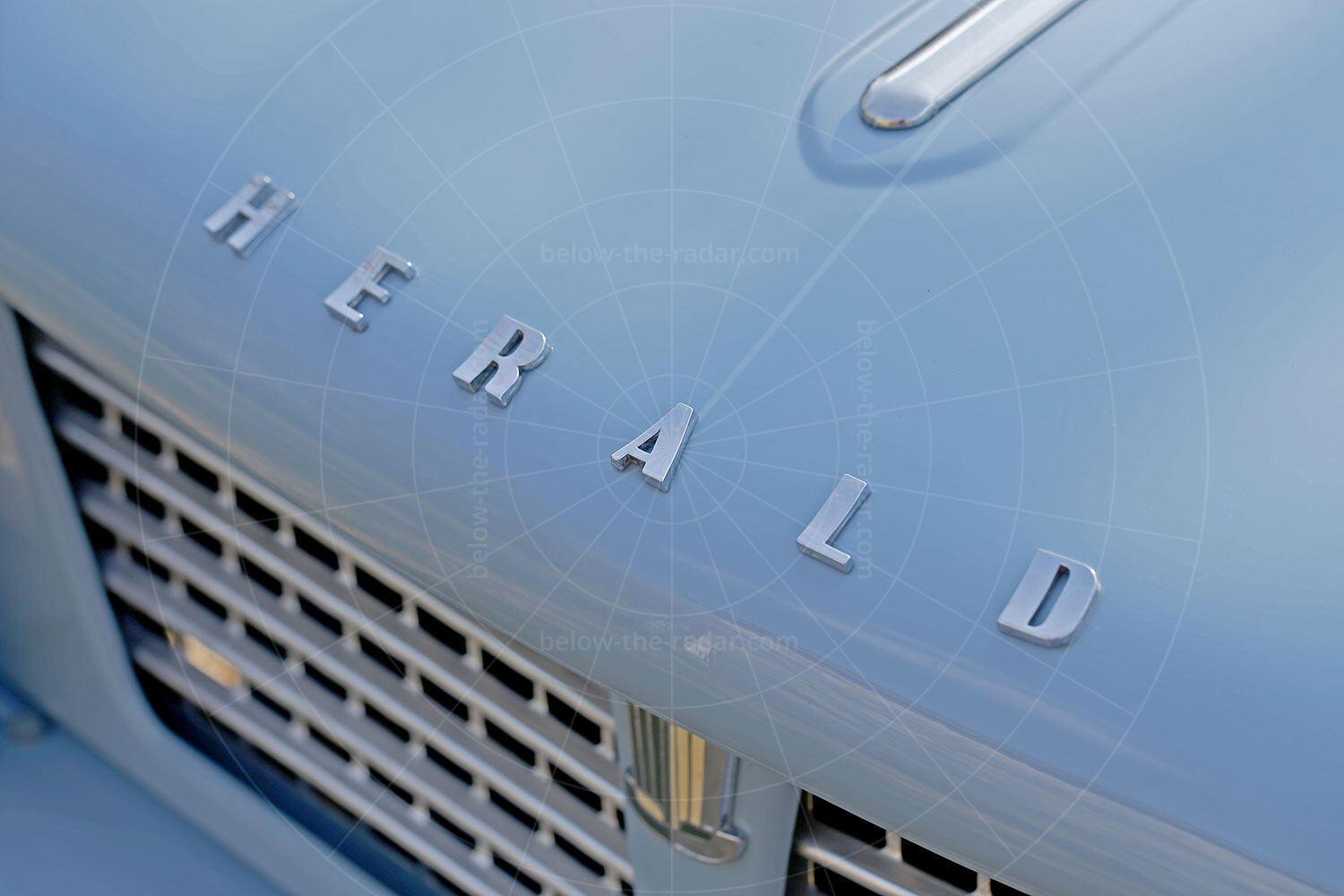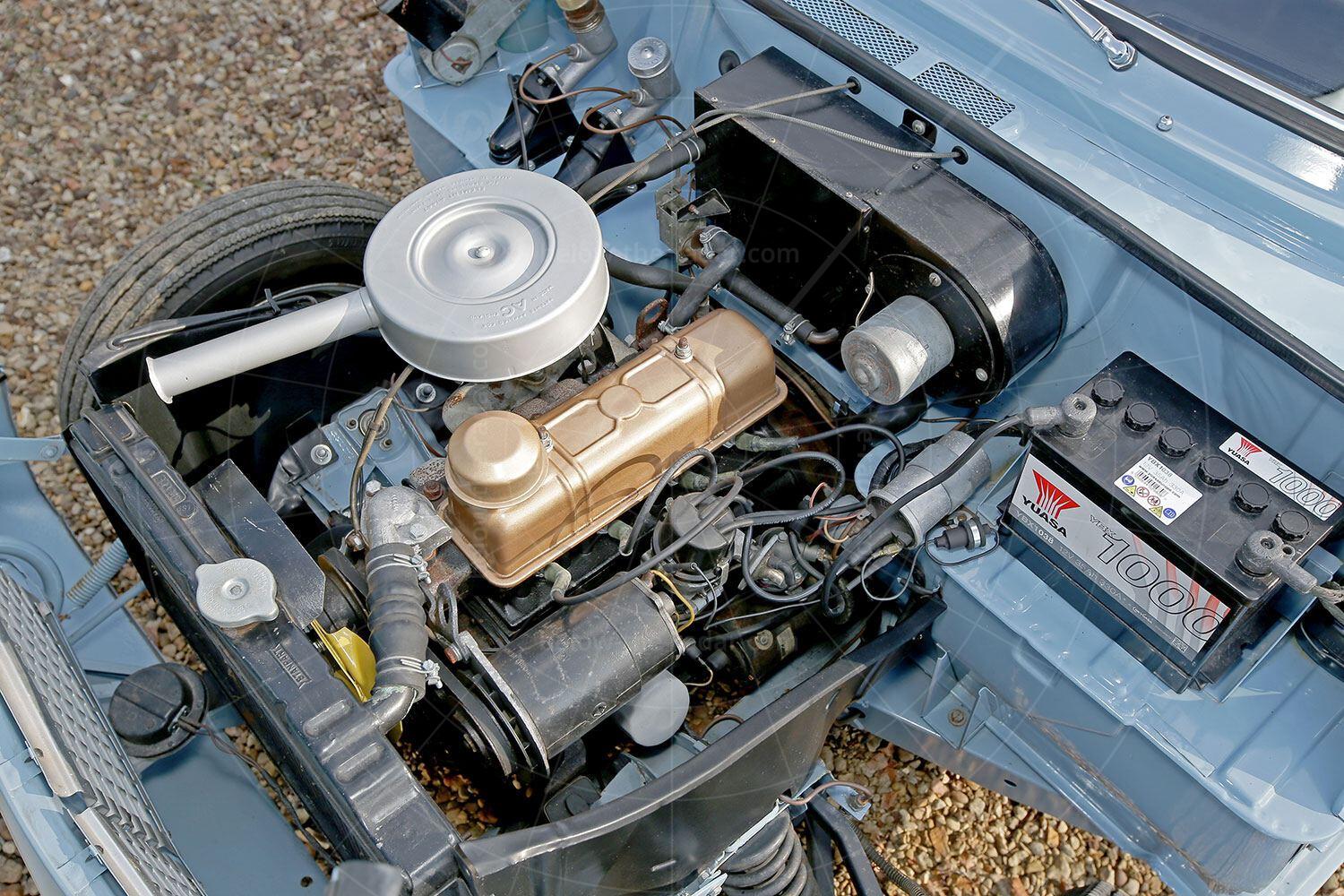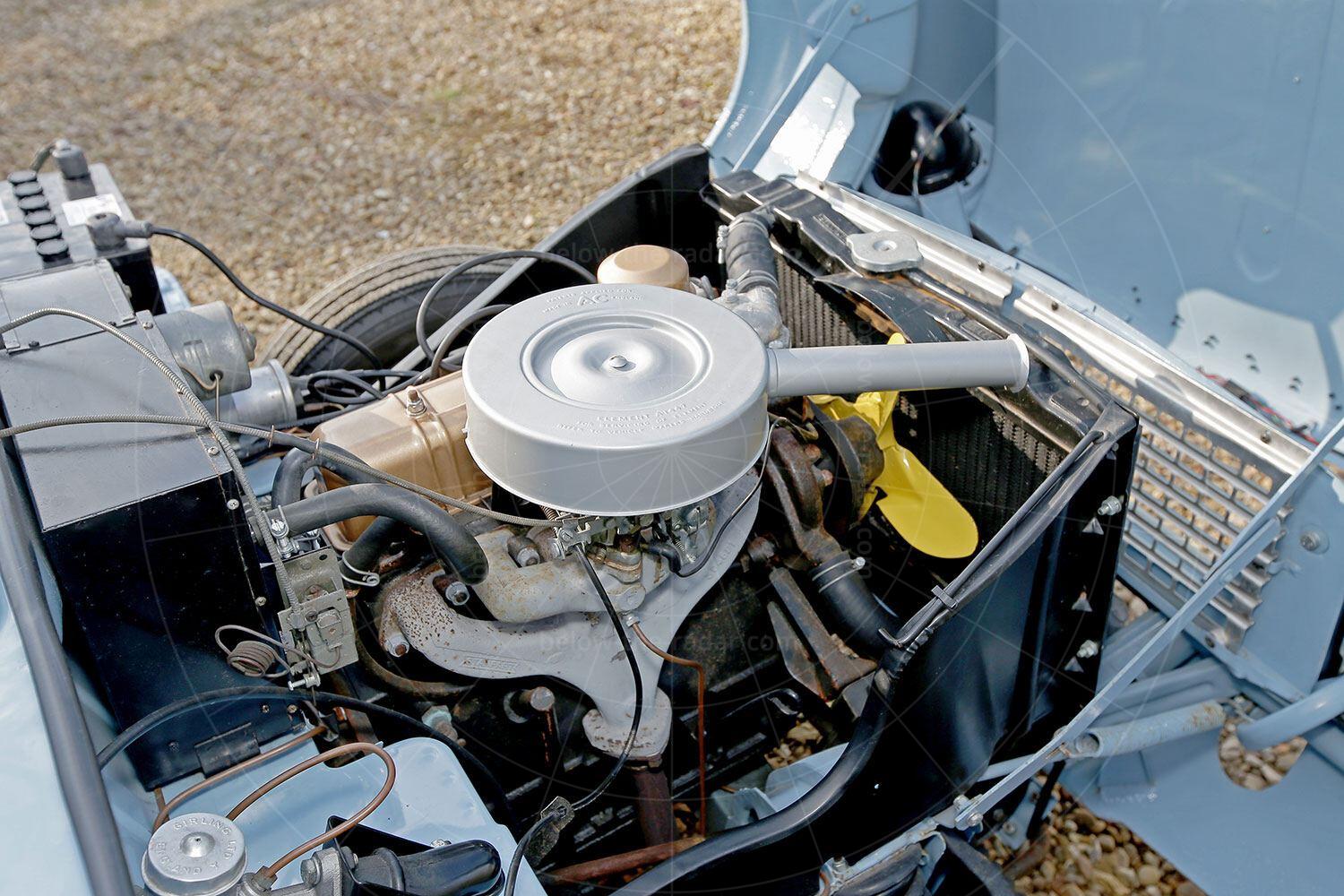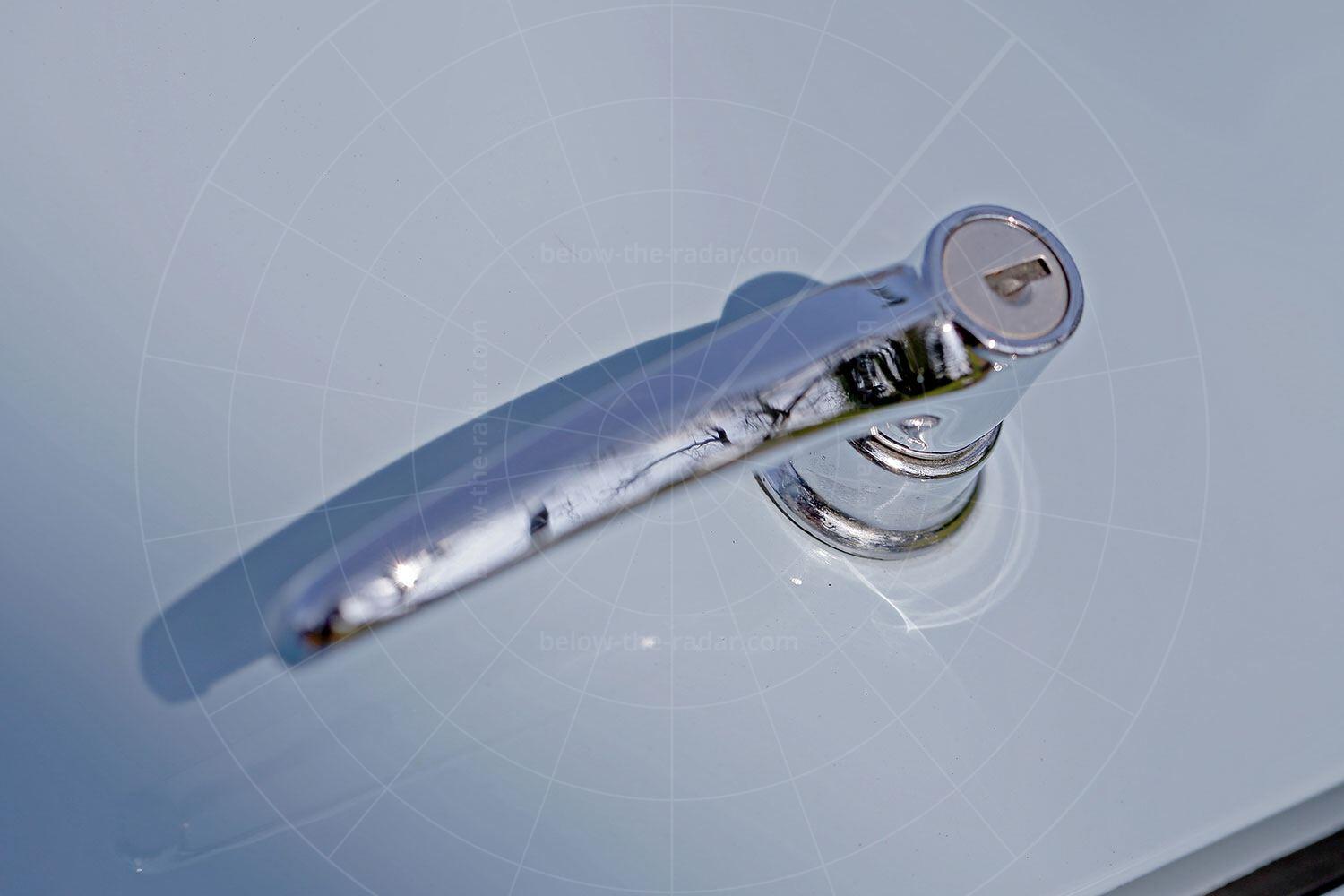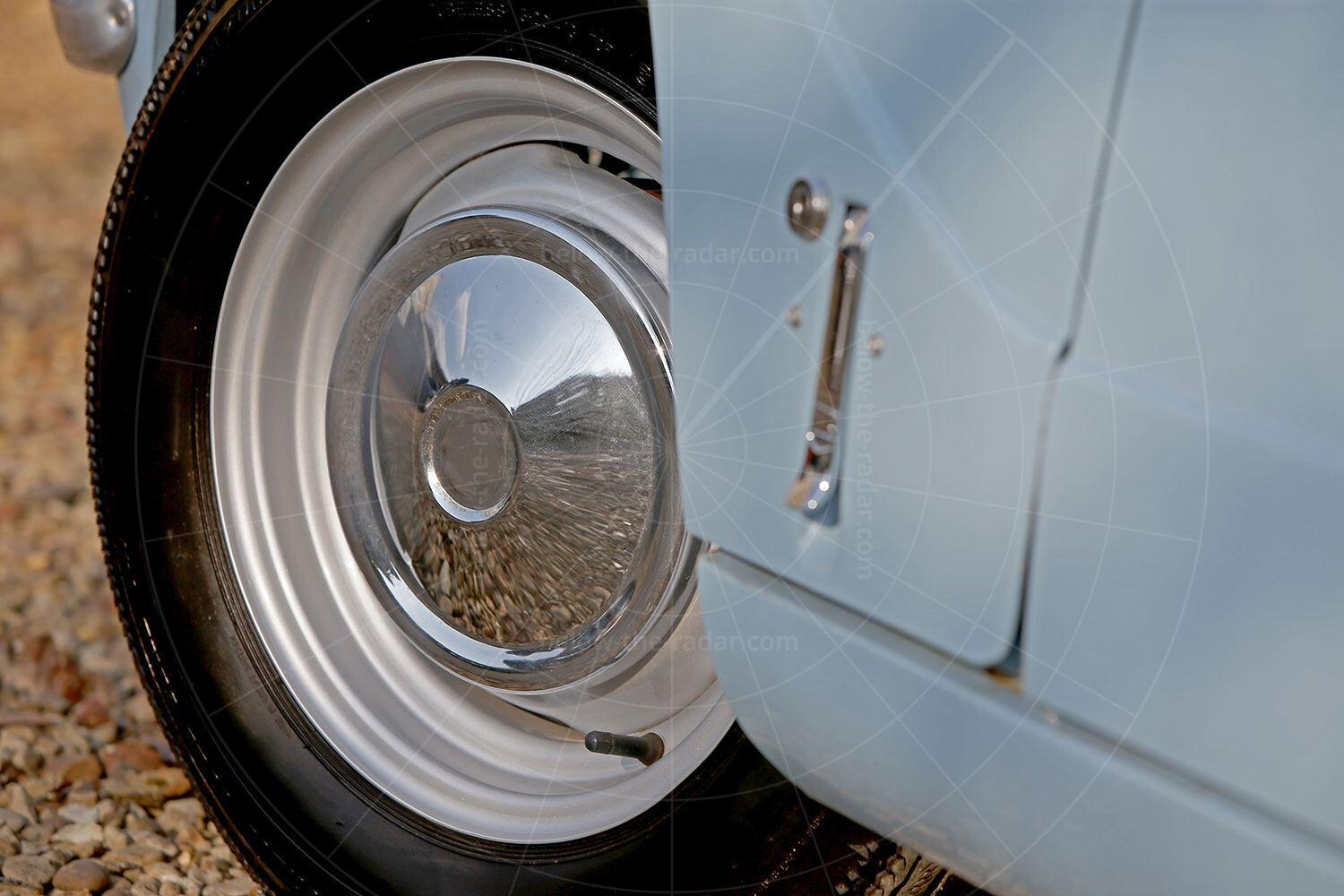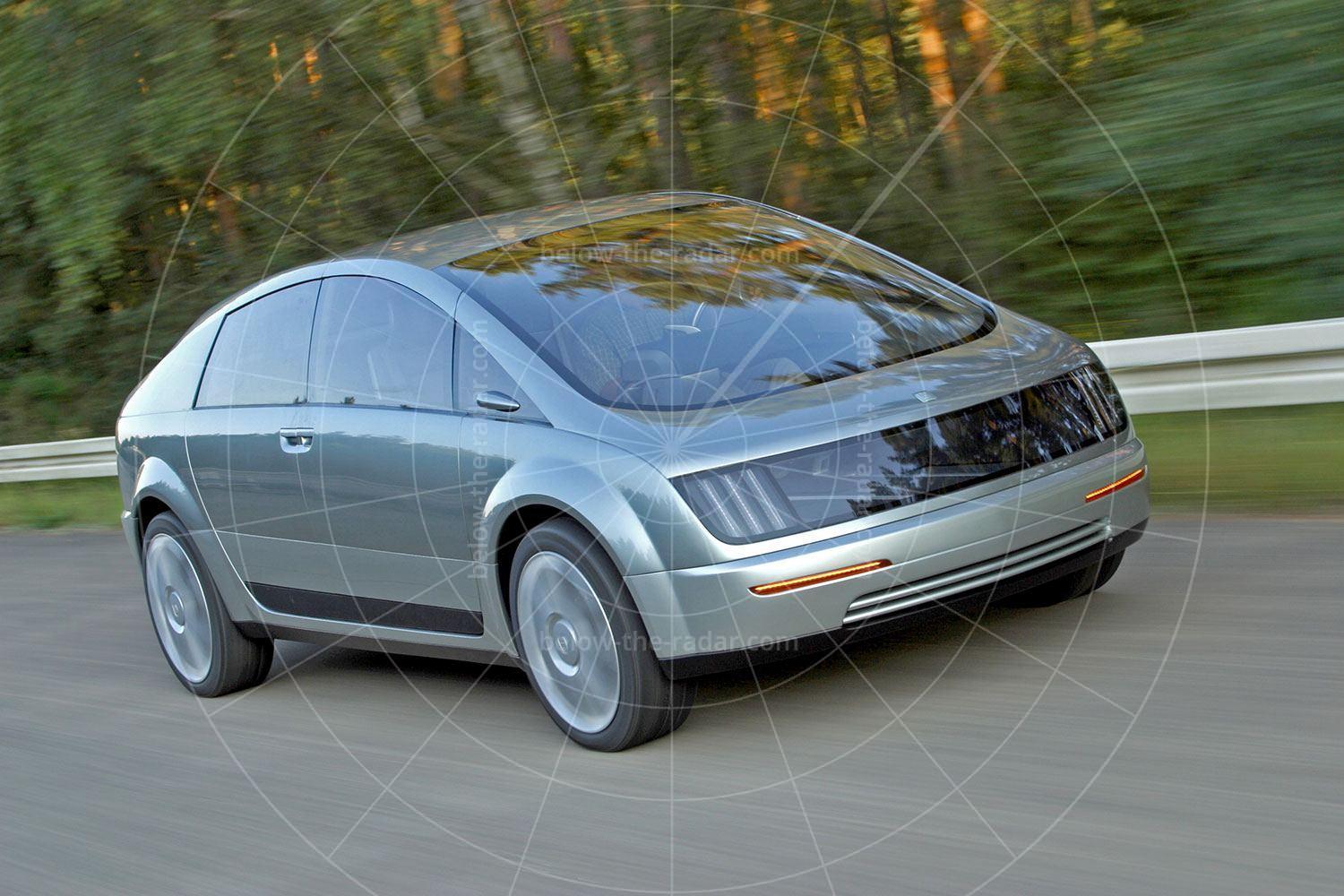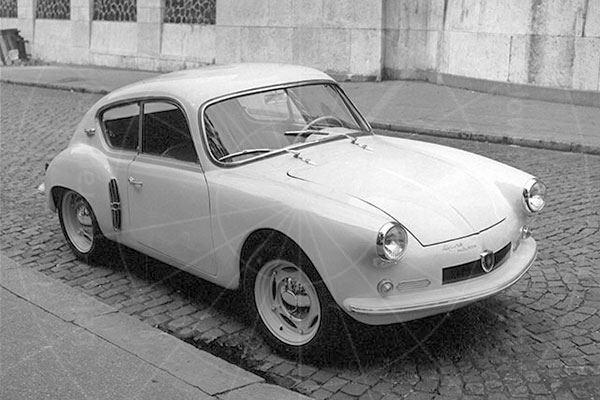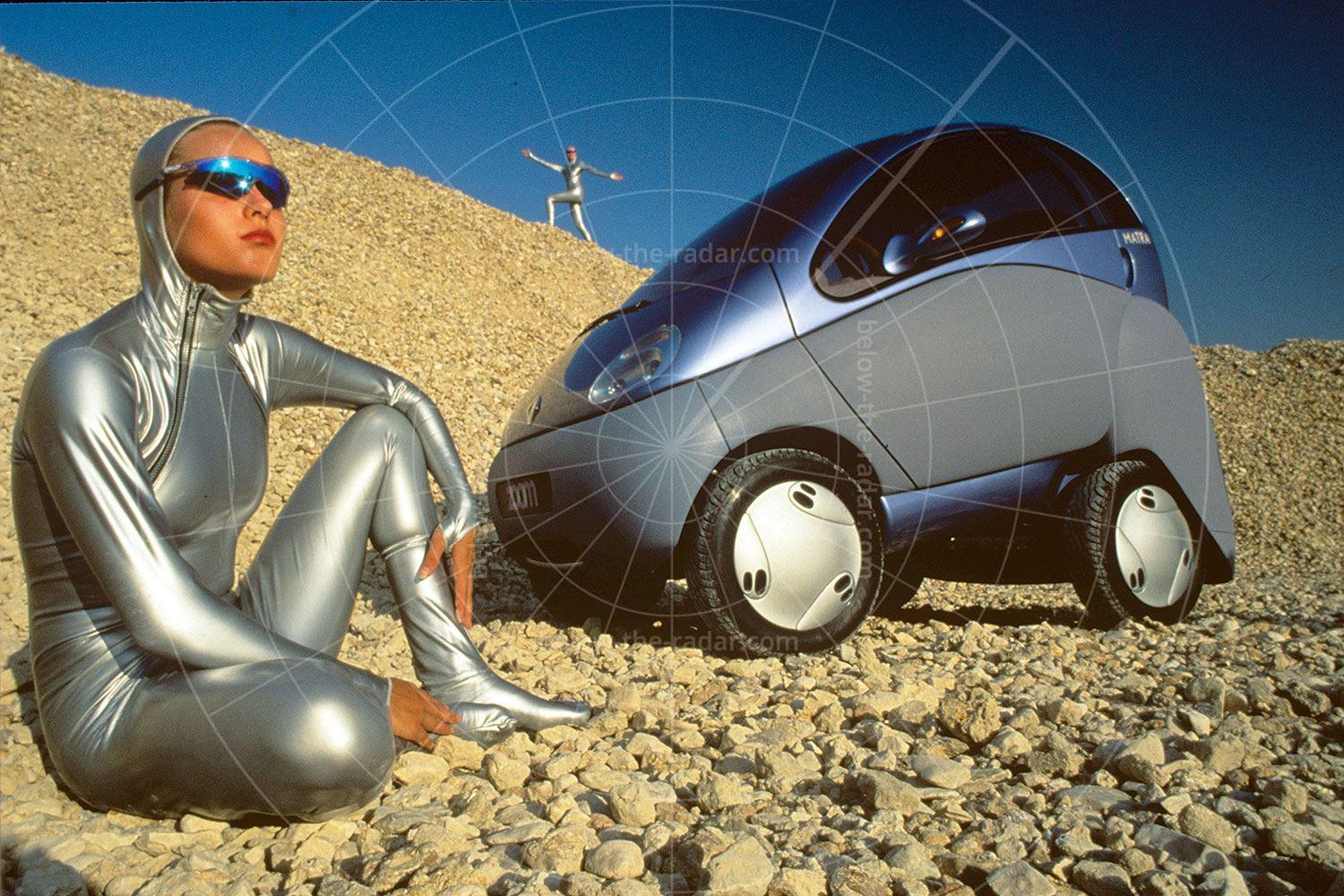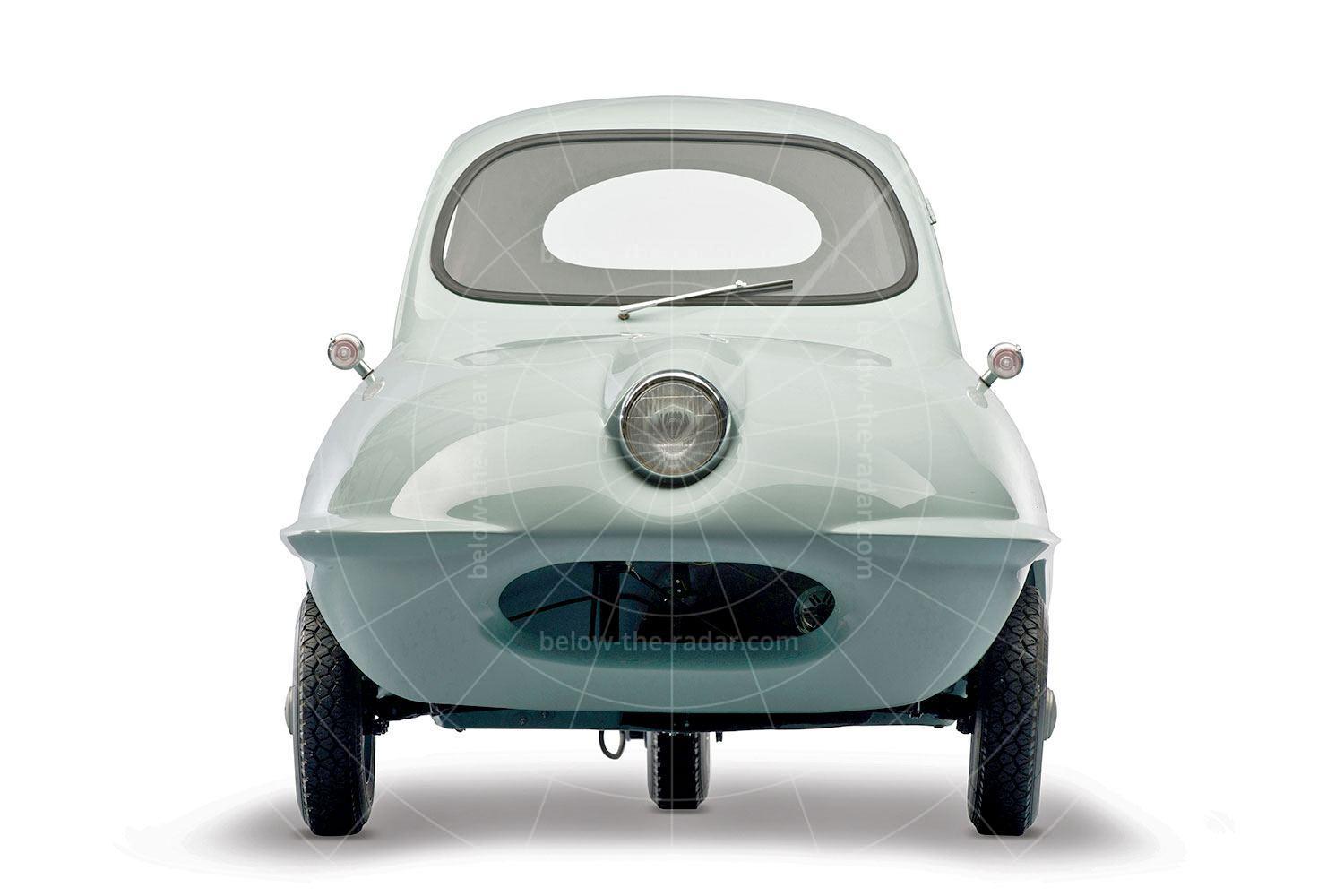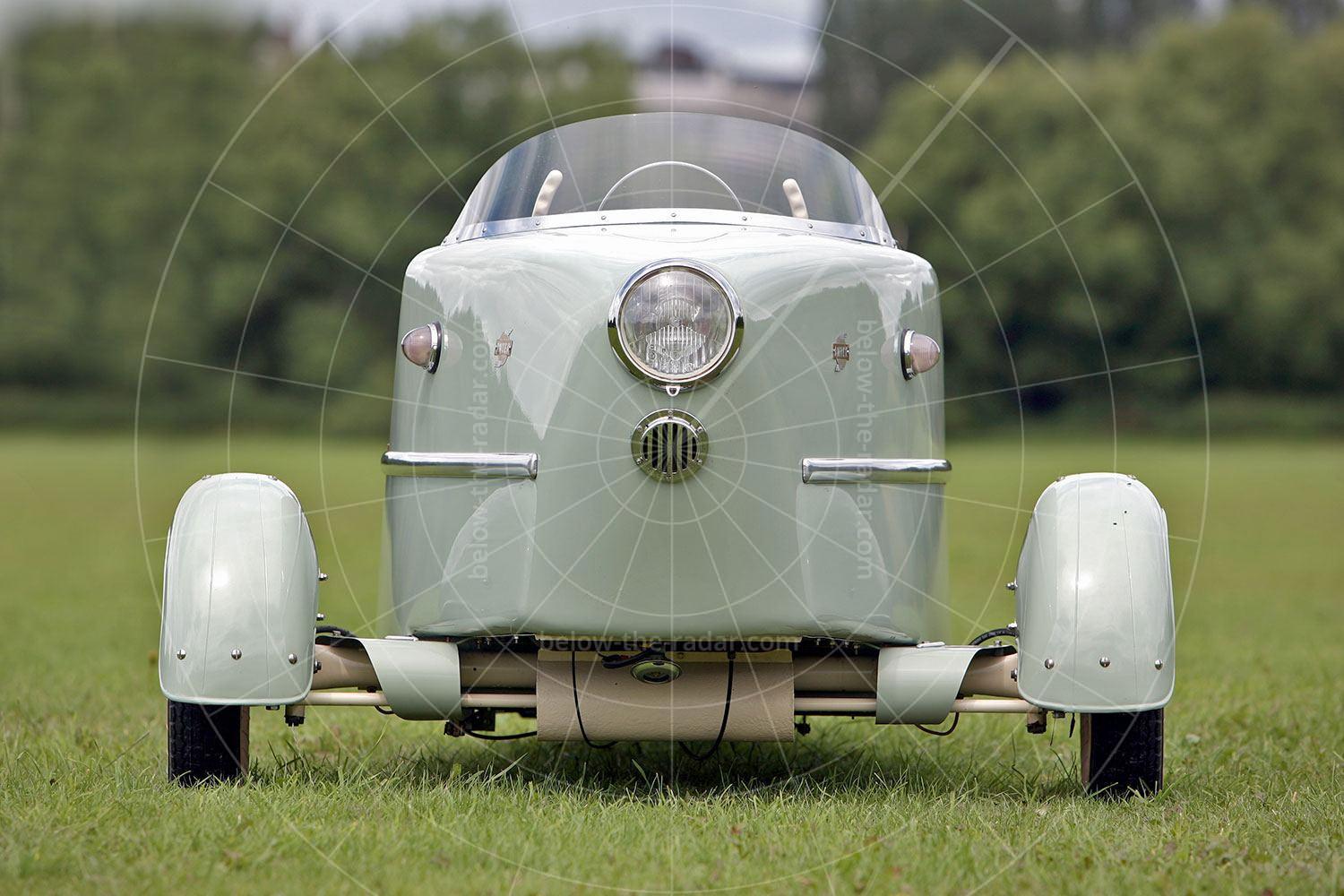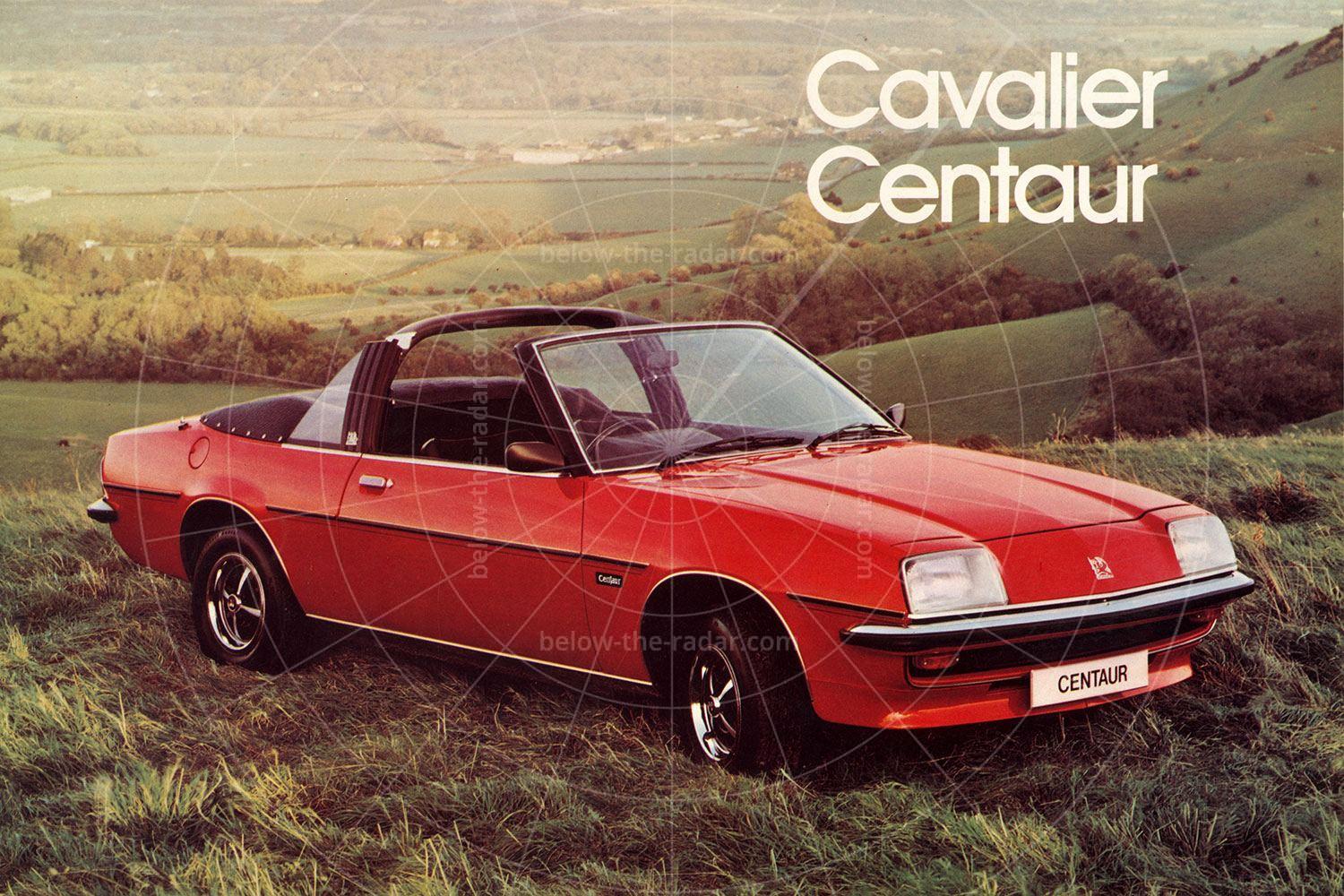The Triumph Herald was launched in 1959 with a 948cc engine, with a choice of saloon or coupé bodystyles, with a convertible added in 1960. When the Herald 1200 arrived in 1961 it added an estate to the mix, which was also offered in van form as the Courier, but there was no hatchback option because there was no appetite for such a thing. Within a decade everybody would go hatchback crazy, but in the early sixties the Renault 4 and Austin A40 Farina Countryman were the only mainstream options.
Things were changing by the mid-sixties though. Renault unveiled the 16 in 1965, a car that would revolutionise family transport with its spacious and versatile interior, front-wheel drive, impressive comfort and excellent handling. Over the coming years a raft of family hatches big and small would appear, changing the face of family motoring forever.
Triumph could see which way the wind was blowing, and in 1965 it commissioned Giovanni Michelotti, its favourite freelance designer, to come up with a Herald hatch. Michelotti had styled the Herald, and having come up with four bodystyles already, upping that to five wasn't going to be difficult.
Chris Gunby is chairman of the Triumph Sports Six Club and the owner of the unique Herald hatch pictured here. He comments: "A Herald 1200 saloon was taken from the production line and sent to Michelotti's studio in Turin, and this is what came back. Nobody knows what the brief was; it was a question of here's a Herald saloon, please turn it into a hatchback. As is typical with prototypes, there was a different treatment for the C-pillar on either side of the car, but they're not so radically different that you notice this, although one side window opens and the other doesn't. Few people spot that the off-side C-pillar is chunkier than the near-side, or that it features a grille for cabin ventilation, only on the driver's side."
Forward of the B-pillar and below the waistline, the hatch is identical to the Herald saloon; it's only the rear section above the waistline that Michelotti made any changes, aside from the fitment of a fixed rear panel where the lower section of the bootlid would be. The roof is thought to be an adapted estate panel to give the necessary extra length.
Chris adds: "The tailgate was presumably taken from a contemporary production car, and modified to fit the reshaped Herald; the struts that hold it up are the same as from the estate. Michelotti built a unique fold-down seat and the rigid parcel shelf is a one-off too, along with the headlining. But most of the hatch was carried over from the saloon. As a result it would have been very cheap and easy to put the car into production, but Triumph clearly felt that it was too much of a risk when it already offered a Herald estate which had a fold-down rear seat, a single-piece tailgate and a cavernous load bay."
All of the bits that make this Herald unique are original, but unfortunately the rest of the car isn't. The fact that any of it survives at all is perhaps a miracle, but what's truly bizarre is the fact that soon after the hatch was built, it was sold to a Triumph employee to use as regular transport, and by 1970 the Herald was already derelict, as depicted in picture #9 in the gallery.
As a prototype not intended to be driven, the Herald wasn't rustproofed, which hastened its demise. That Triumph employee who bagged the hatch then sold it to someone who intended to fit a Vitesse 2.0-litre engine, but the car was already too far gone to be worth reviving. So instead it was stored on some ground where it gradually sank lower and lower.
Chris picks up the story: "I saw a picture in Classic & Sportscar in the late 1980s, with a picture of the Herald hatch, asking if the car had survived. I was already into Triumphs and I found the car fascinating as nobody knew anything about it. I wanted to find out whether or not the car was hidden away somewhere, but it took a lot of digging to get anywhere.
"A few years later I was still asking questions and I got talking to someone who claimed to know where the car was. That was the good news; the bad news was that there wasn't much left of it. Even worse, he wouldn't tell me where it was. Despite his reluctance to tell all, I felt that he genuinely did know about the car's whereabouts and about a decade later I bought a lot of parts from him, so I decided to tackle him about this unique prototype once and for all. After all these years he finally relented and within a week I had the contact details of Steve, the car's then owner."
This was in 2007, and having waited so long to chase up this lead, Chris did so immediately – but those years had taken their toll on the Triumph. Chris adds: "I rang Steve up and asked if I could just look at the car, as I had no intention of buying it. A few days later I found myself driving to Shropshire, excited at the prospect of finally setting eyes on a car that nobody had seen for the thick end of two decades."
Unfortunately for Chris, nobody had seen the Herald because not much of it was left. Chris continues: "I parked up and saw the Herald in the garage at the far end of the drive, looking bigger than I expected. It looked in good condition – and then I realised that it wasn't the Herald at all, it was a Volvo Amazon. I stood there looking all around, when Steve appeared. I asked him where the Herald was and he barked at me 'careful – you're nearly treading on it!'. The car had sunk into the ground up to its wings, with everything having rotted away."
So far so bad, but there was some light at the end of the tunnel. Steve knew exactly what he owned, so he had carefully removed everything that was unique to the prototype, and stored it carefully – presumably in case some lunatic came along wanting to restore it in the future. Steve had done his research and found out who Chris was. Knowing that he was a true enthusiast, a deal was struck whereby Chris was given all of the parts as long as he restored the car. Not that there was much left to restore – and it wasn't as though there were hordes of other interested parties.
Chris says: "This is the only car that I've picked up using a pick-up truck. Not to tow with – I put all of the bits into the back of the truck, which was easily big enough to accommodate what was left of the Herald. There was nothing left of the original 1200 saloon part, so I had to source a decent Herald on to which I could graft all of the unique parts created in Michelotti's studio. As a result, everything that's specific to the Michelotti hatchback is original, albeit with a lot of repairs having to be undertaken. The roof and tailgate had to be restored, but I reused as much of the original trim as I could, along with all of the original glass.
"Much of the restoration work was carried out by Mark Field of Jig Saw Racing, a good friend of mine who is well known within Triumph circles. Had I known what the project would involve and how much it would cost I probably wouldn't have taken it on, but now that the car is up and running I've got no regrets as it's a fabulous piece of history. It took us two years to complete the restoration, which was completed just in time for its unveiling at the Triumph Sports Six Club's 2009 international weekend, which celebrated 50 years of the Herald."

